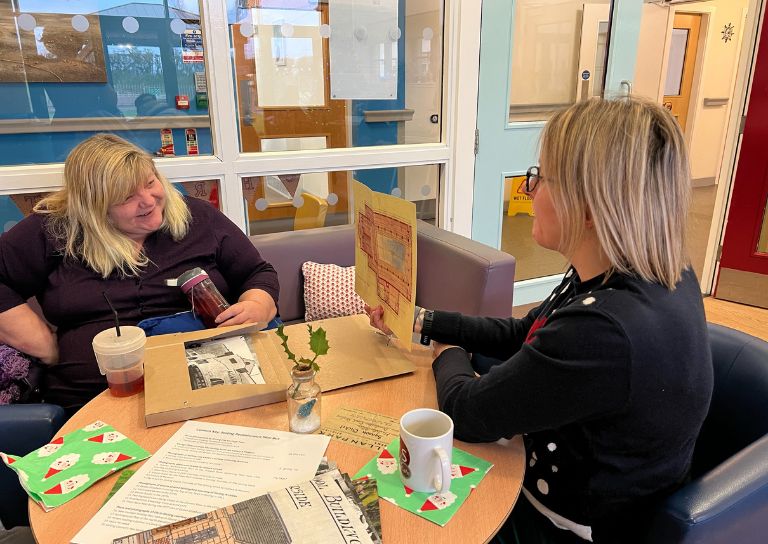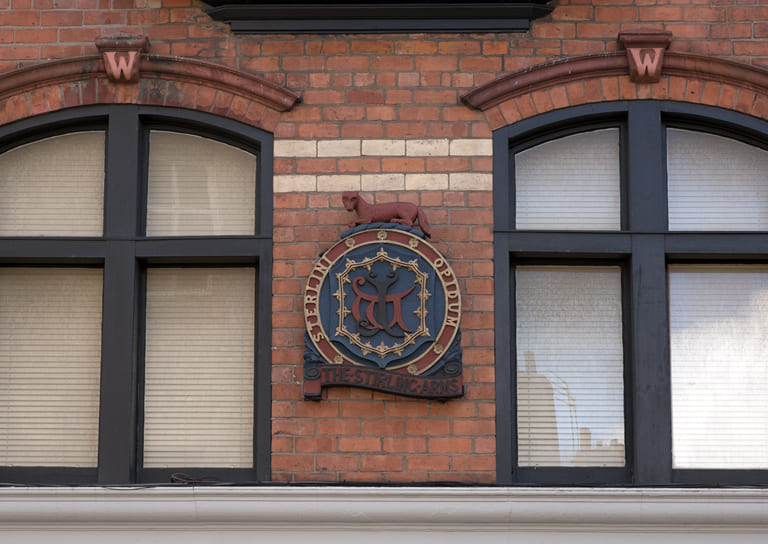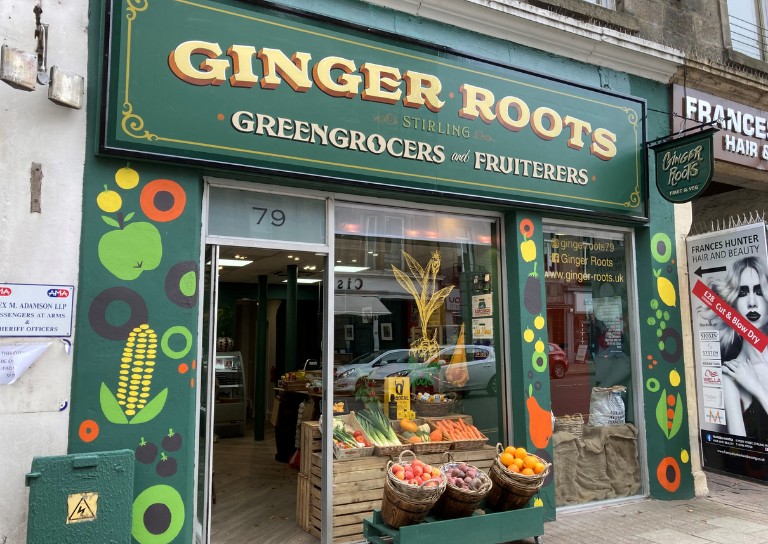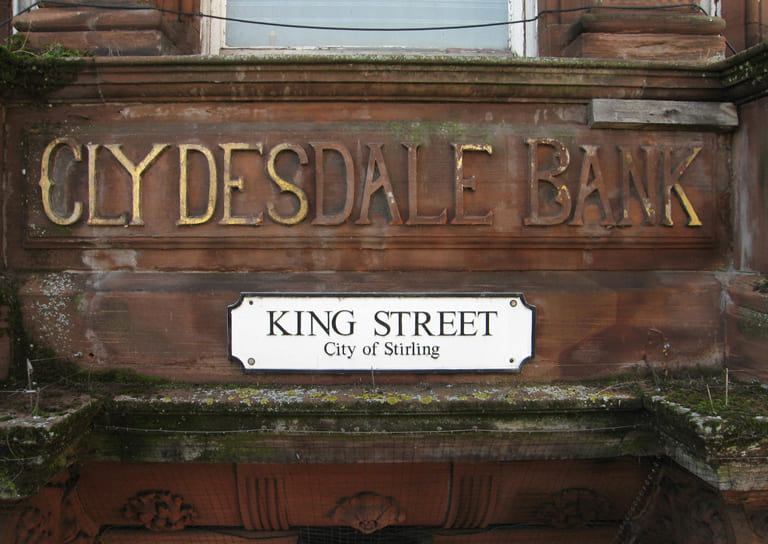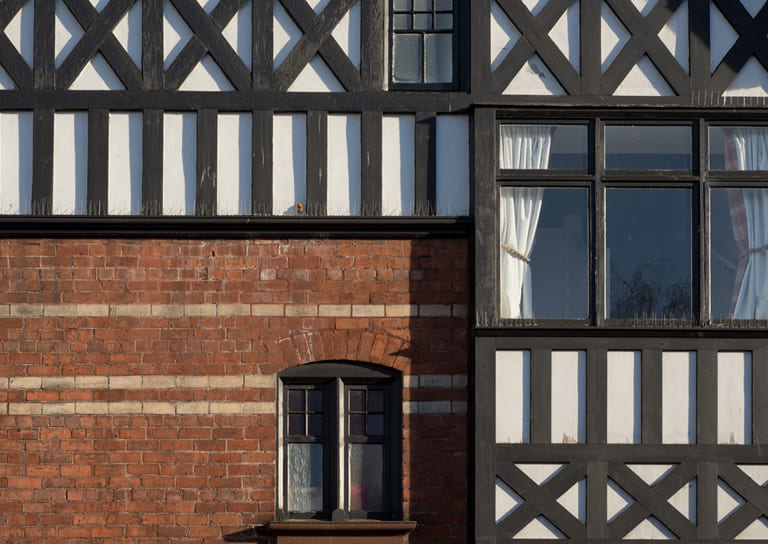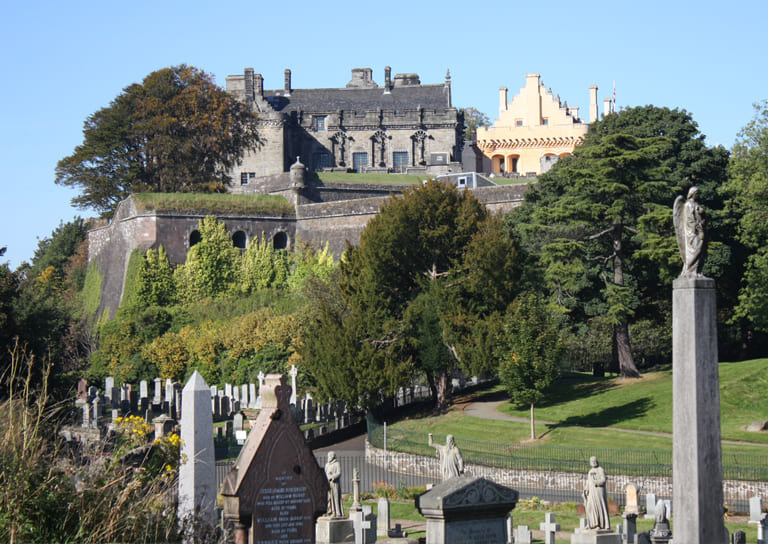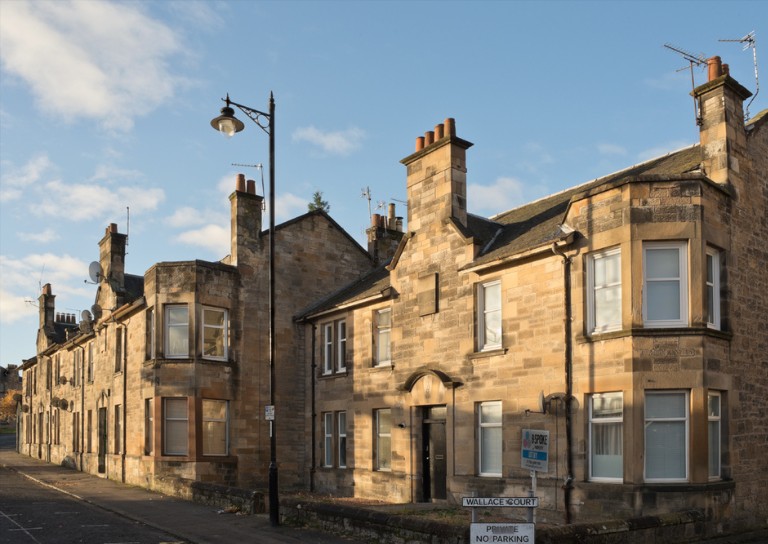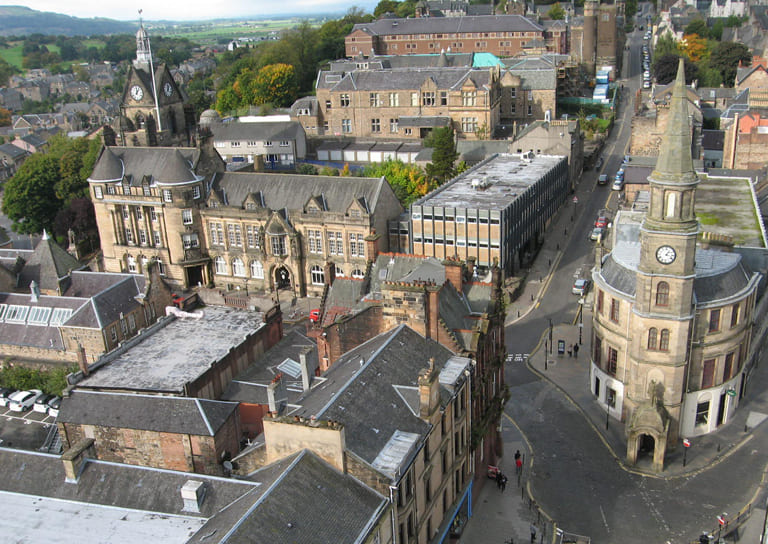- Home
- Our Work
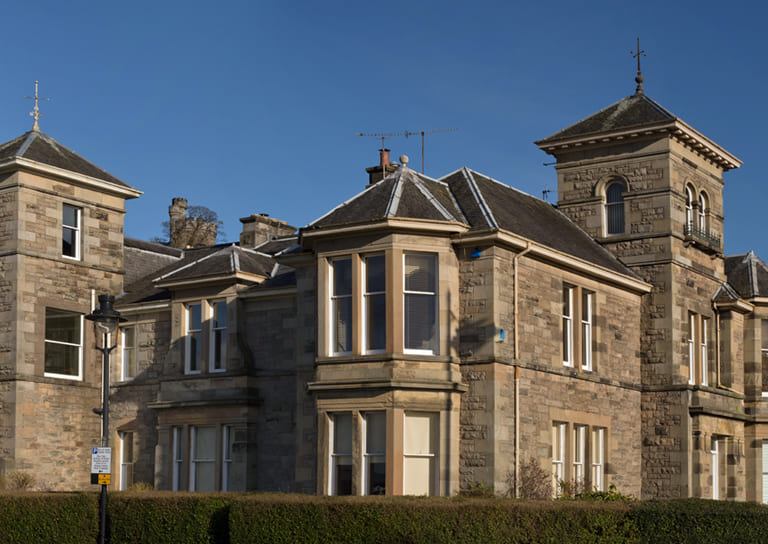
- Stirling's Story
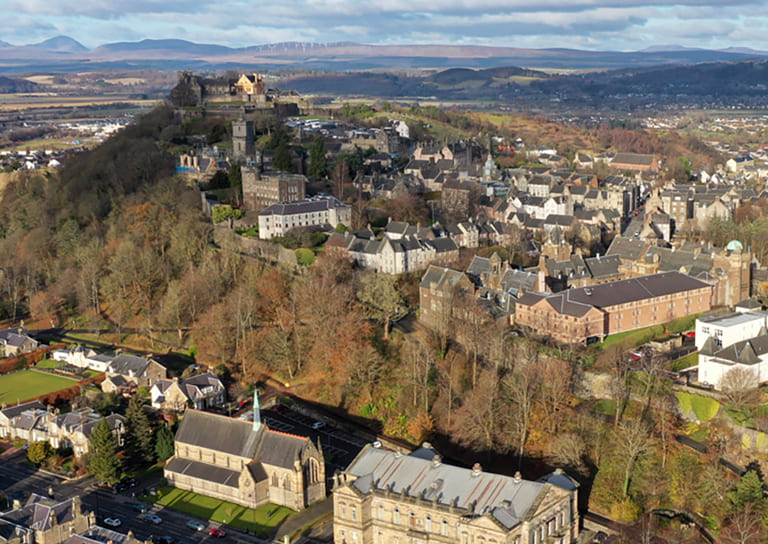
- Blog
- Women in Construction at Bannockburn House
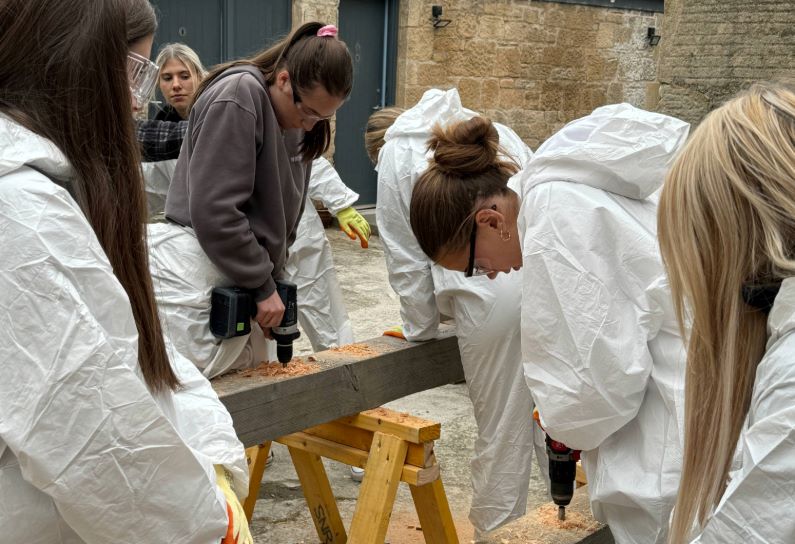
- Avenues to the Past: Stirling’s Historic Streets Exhibition
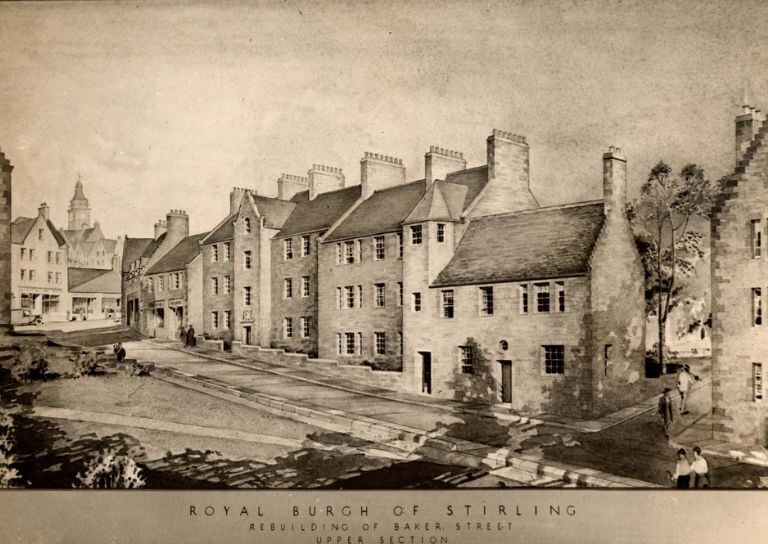
- Stirling Business Awards 2025

- What is a Conservation Area
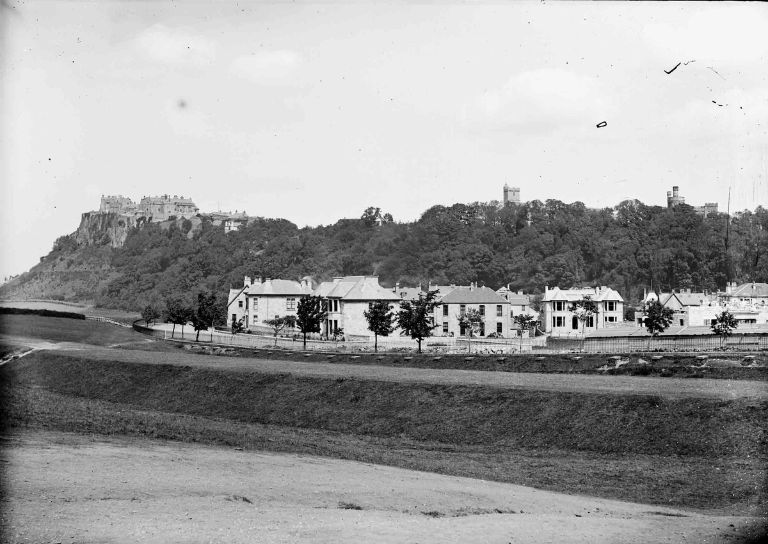
- 20 Great Buildings of Stirling
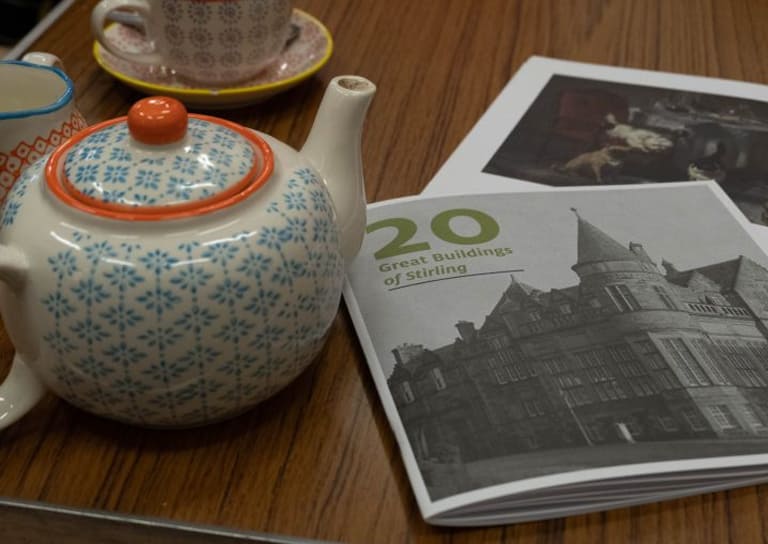
- Reminiscence Art Project
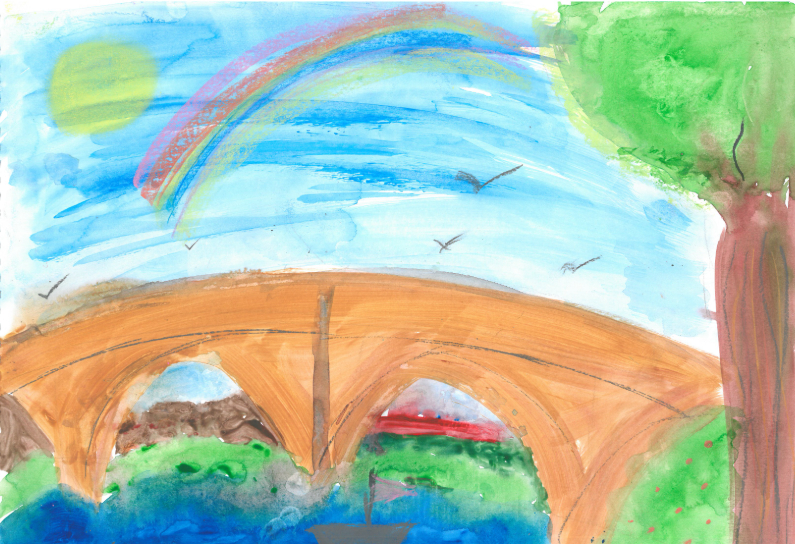
- On the European Stage: Preserving by Maintaining conference, Bratislava
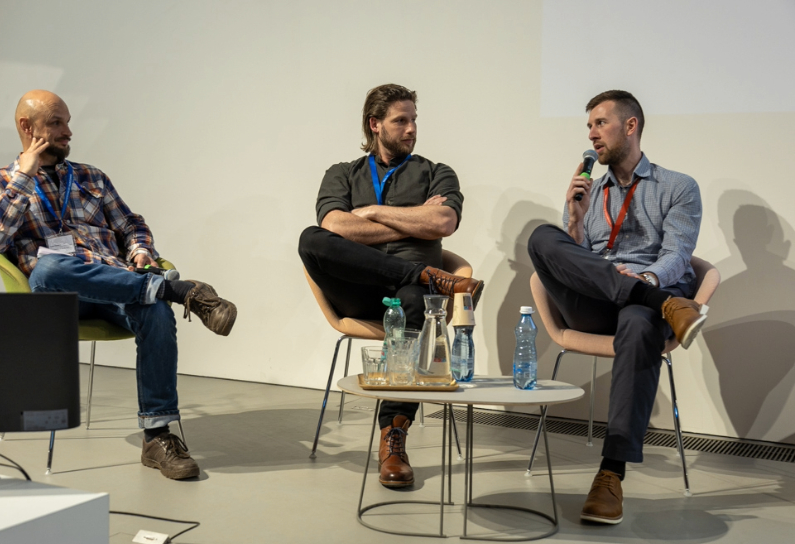
- The Abolition Movement in Stirling
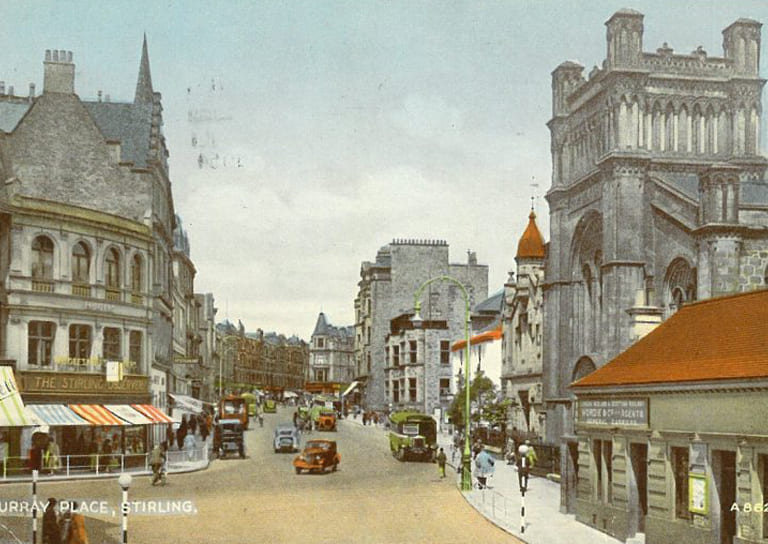
- Practical Workshop on Retrofitting Insulation with A. Proctor Group
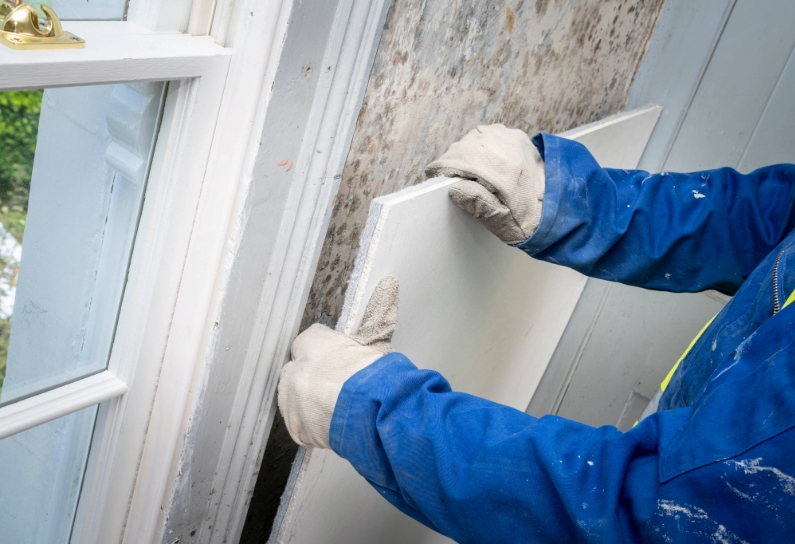
- Walker Family Visit
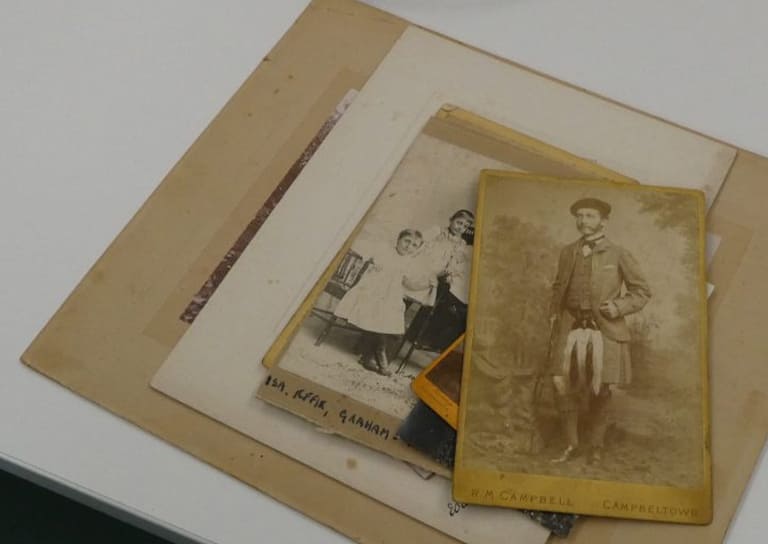
- Ghost Tales from Stirling
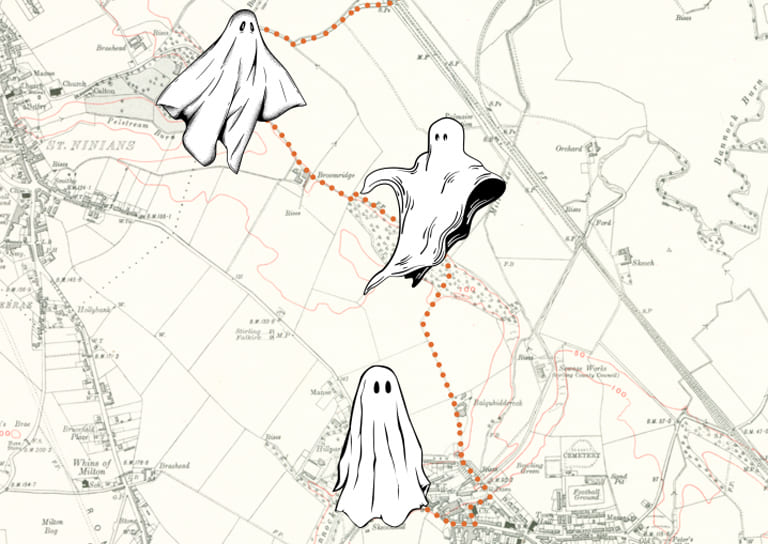
- Snowdon House and The West Indies
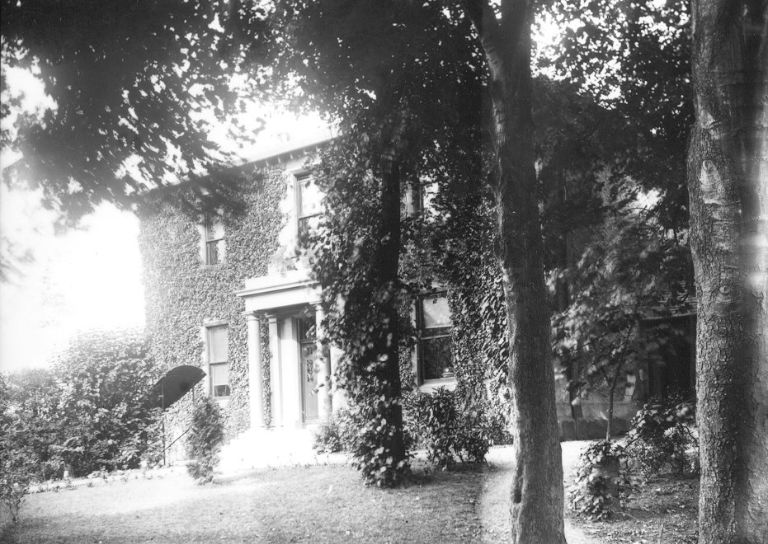
- Stirling’s Streetscape Stories: Photography Workshop
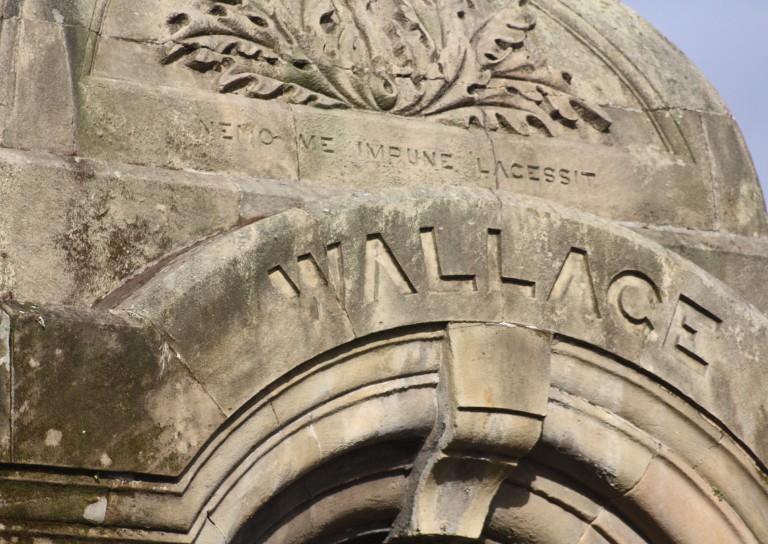
- Stirlingshire’s Highland Games
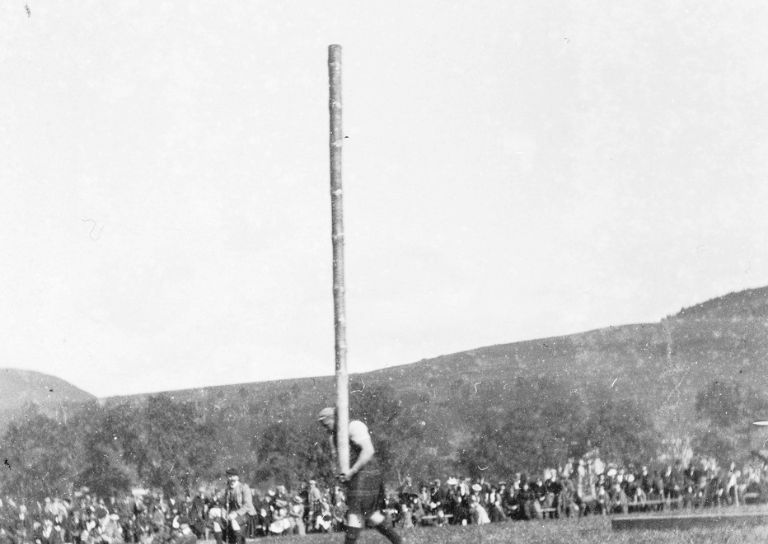
- Creative careers in the heritage sector
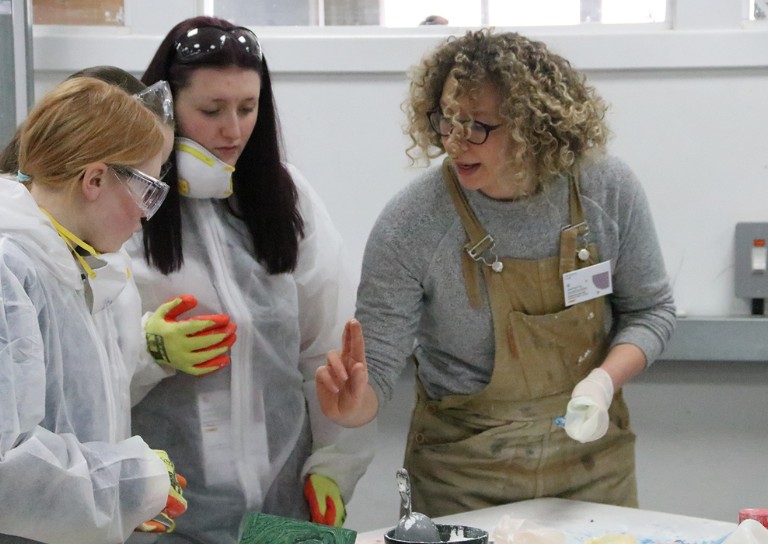
- Postcards From Stirling
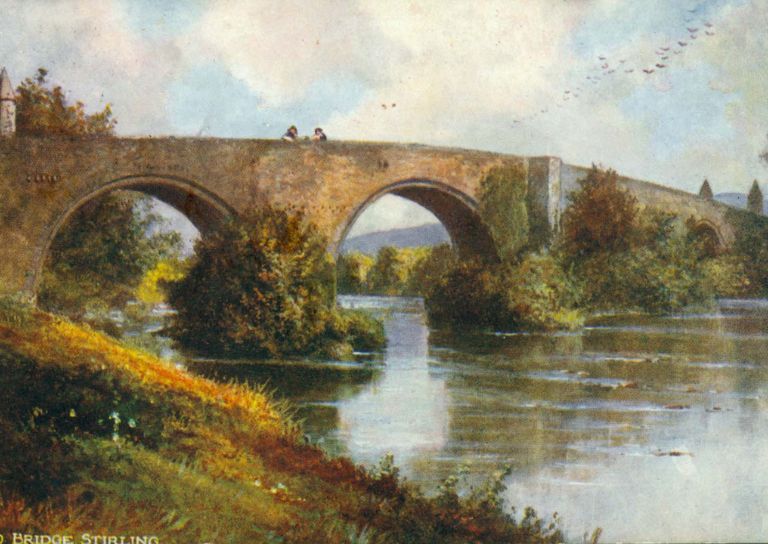
- Stirling’s Gala Days
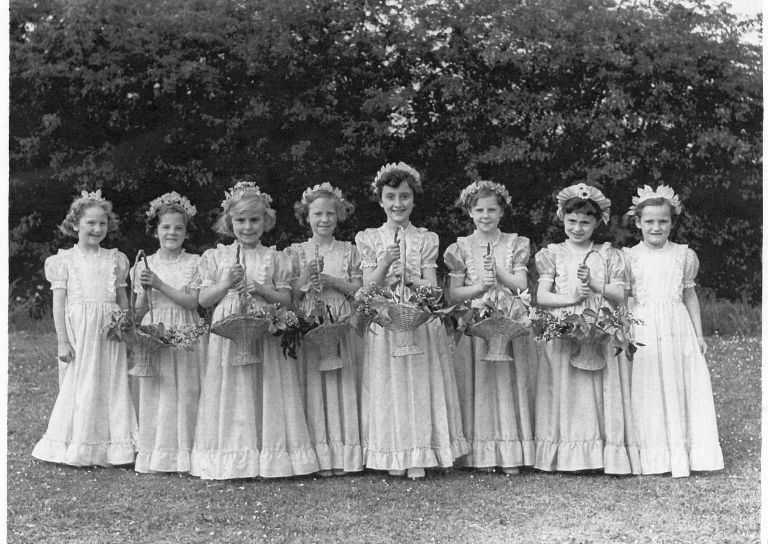
- Building Surveying Student Intern at Stirling City Heritage Trust
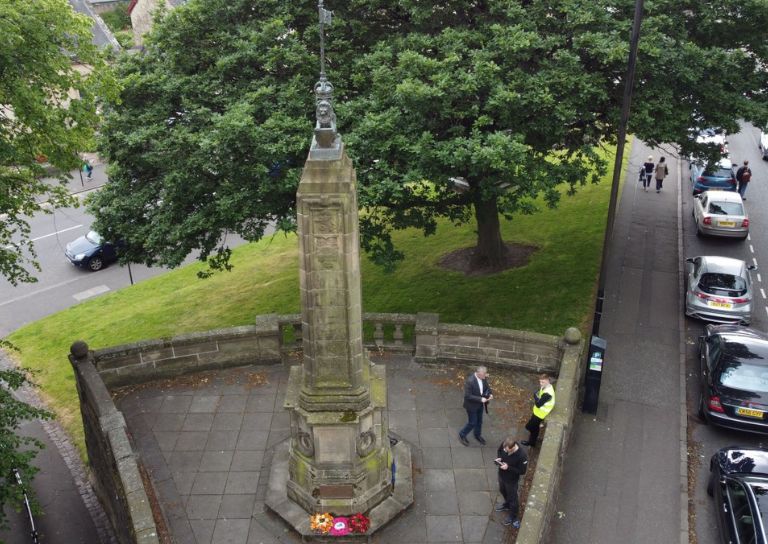
- Heritage Trail: Stirling Walks
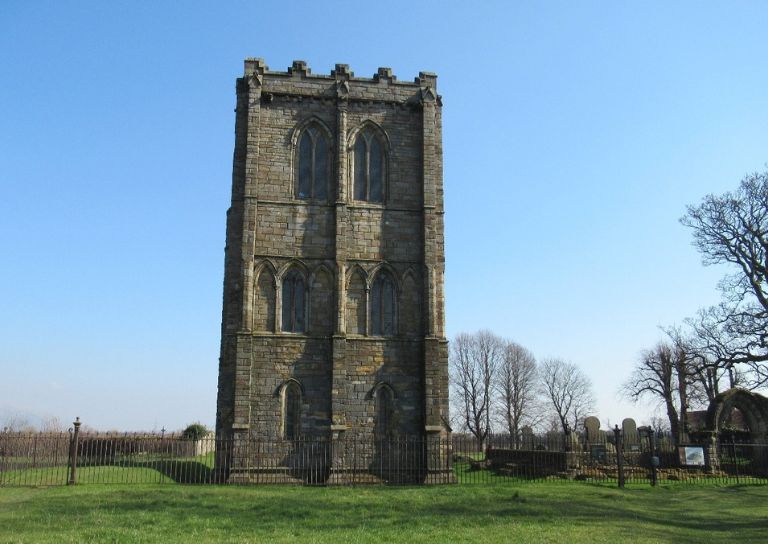
- Local History Resources
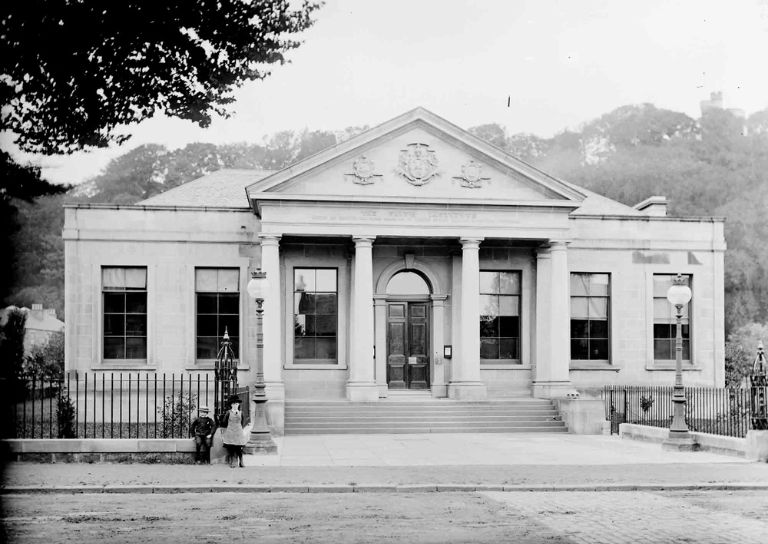
- Stirling Through the Decades
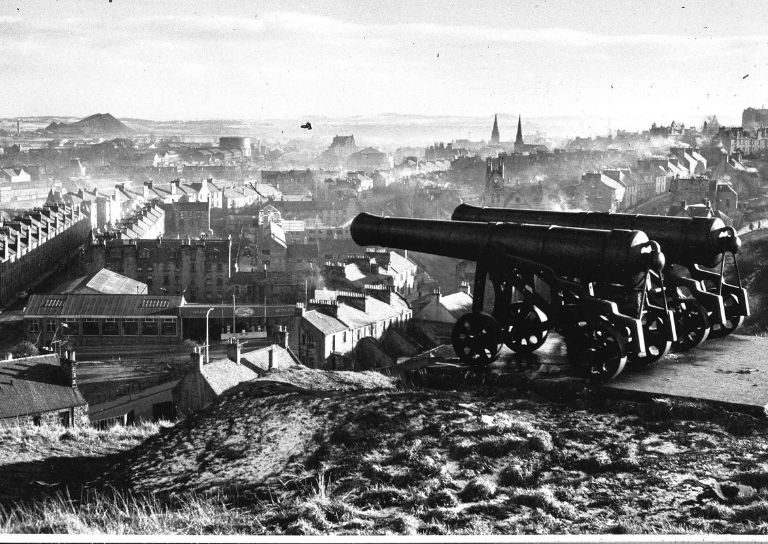
- Stirling’s STEM Pioneers
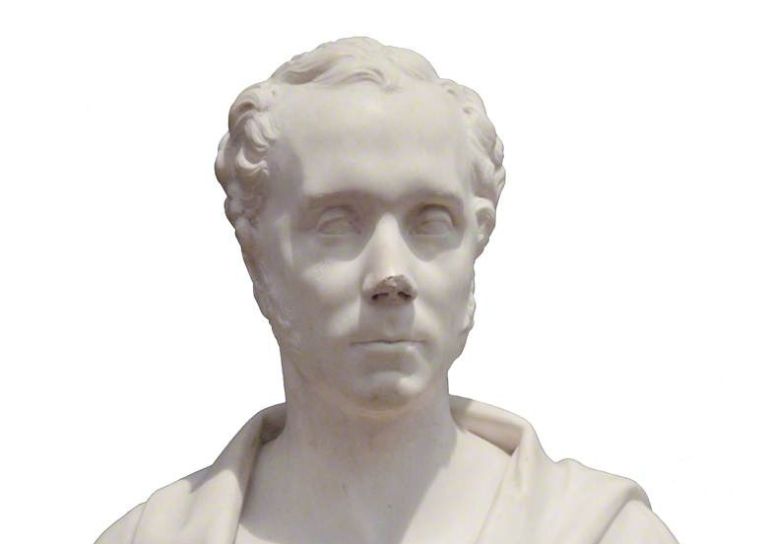
- Traditional Skills: Signwriting
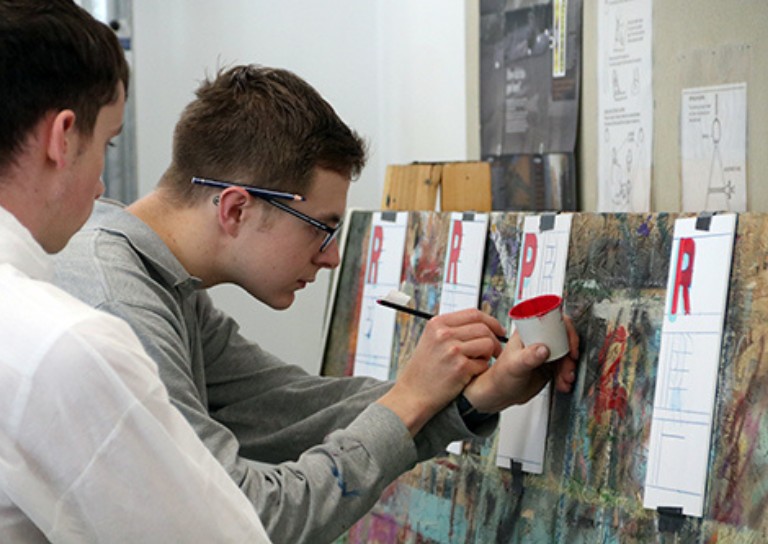
- Christian MacLagan, a pioneering lady, but born too soon?
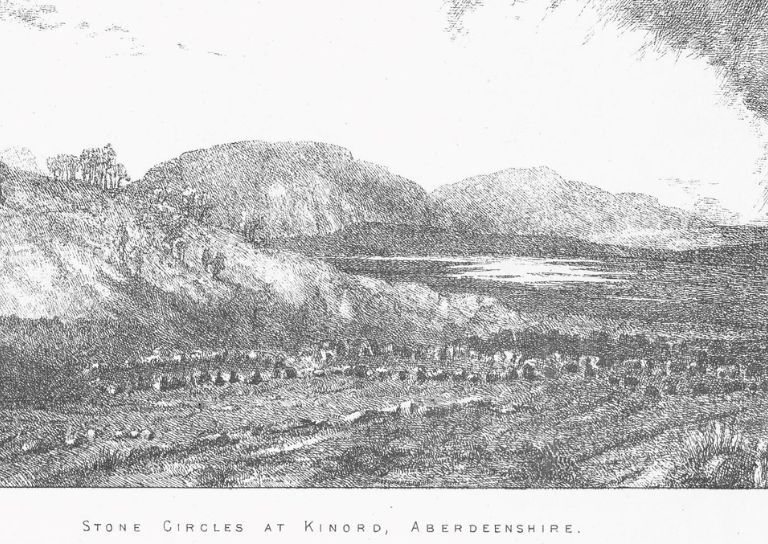
- Traditional Shopfronts in Stirling
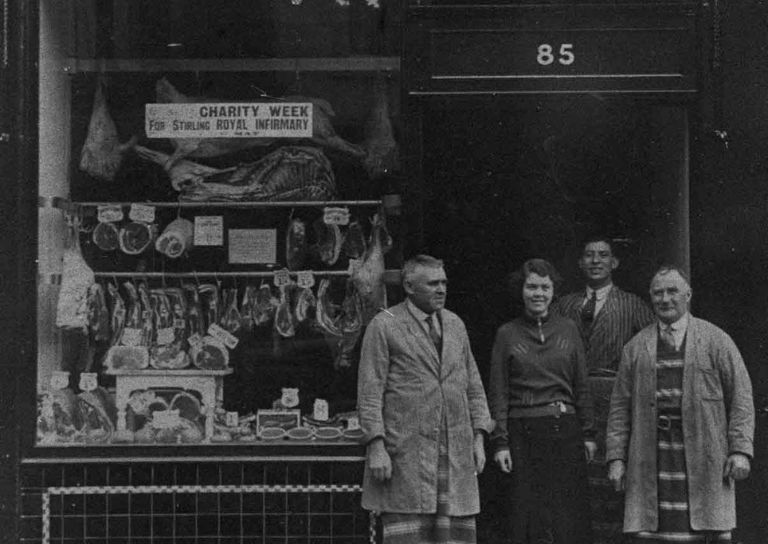
- Stirling History Books for World Book Day
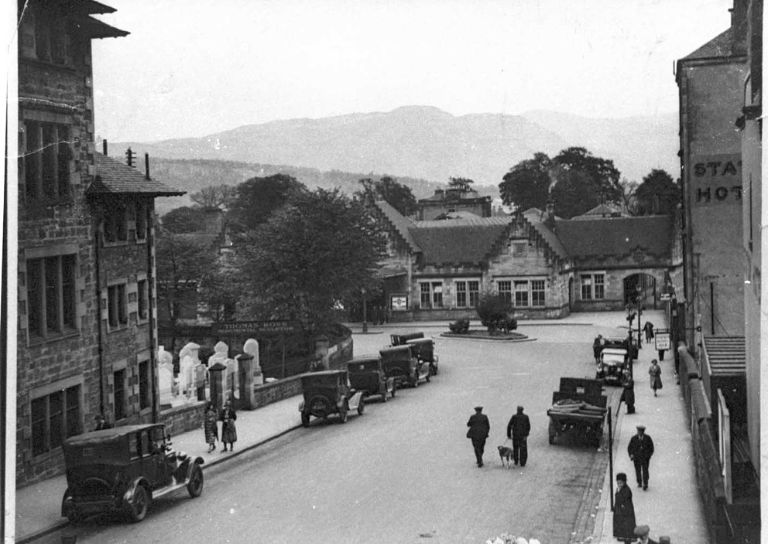
- My Favourite John Allan Building by Joe Hall
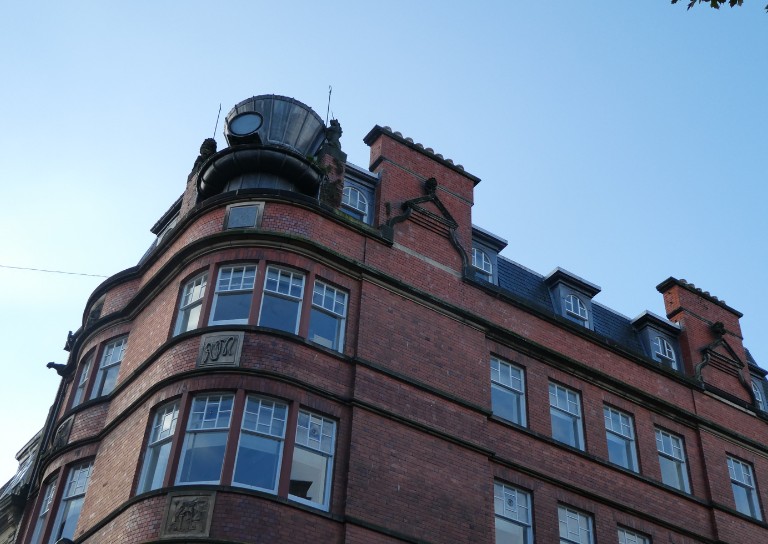
- My Favourite John Allan Building by Lindsay Lennie
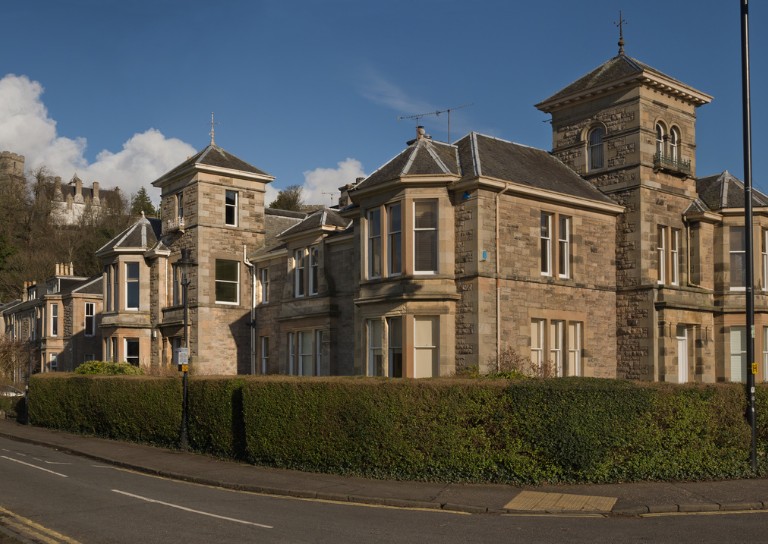
- My Favourite John Allan Building by Andy McEwan
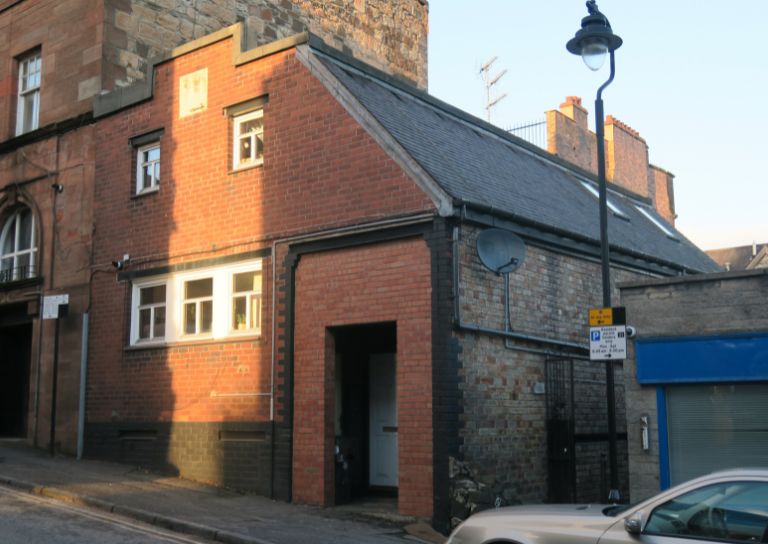
- My Favourite John Allan Building by Pam McNicol
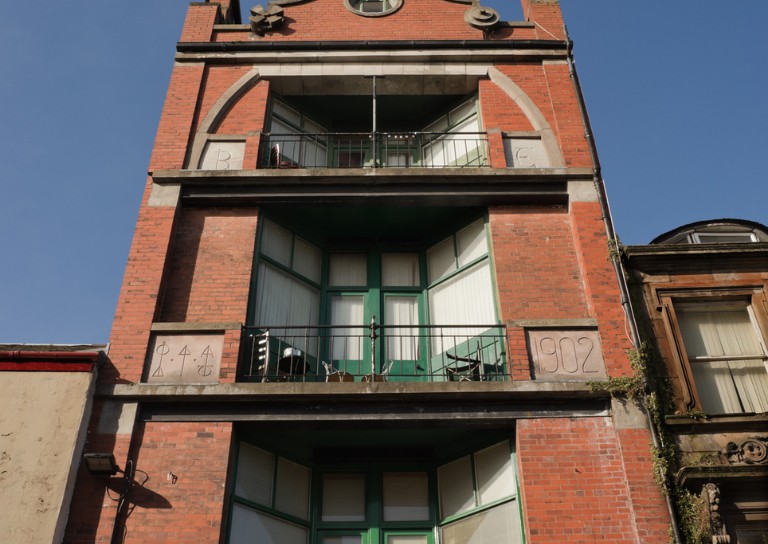
- Celebrating John Allan: A Man of Original Ideas
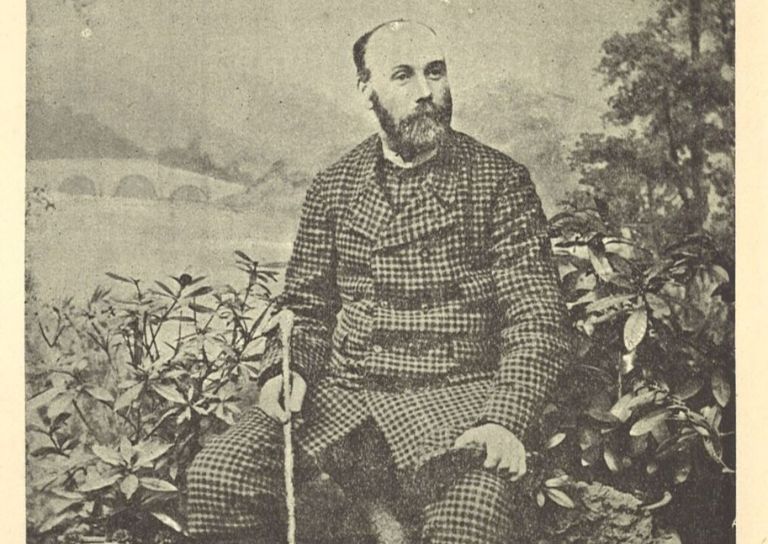
- The Tale of the Stirling Wolf
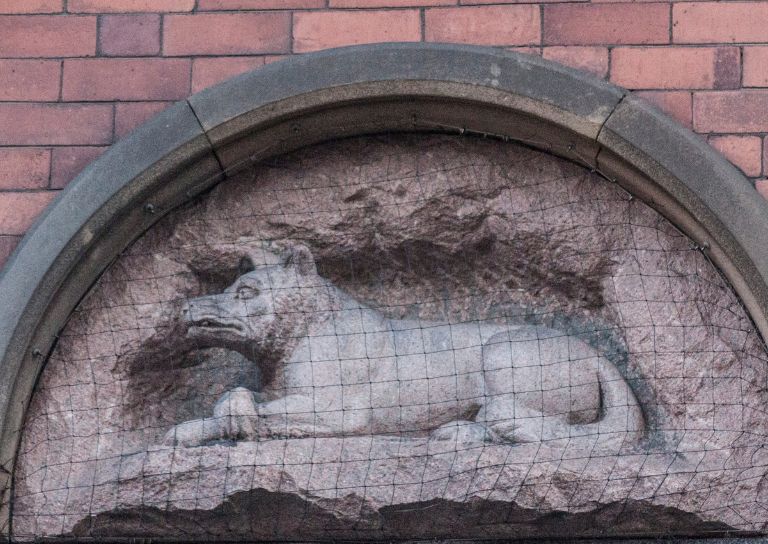
- Stirling: city of culture
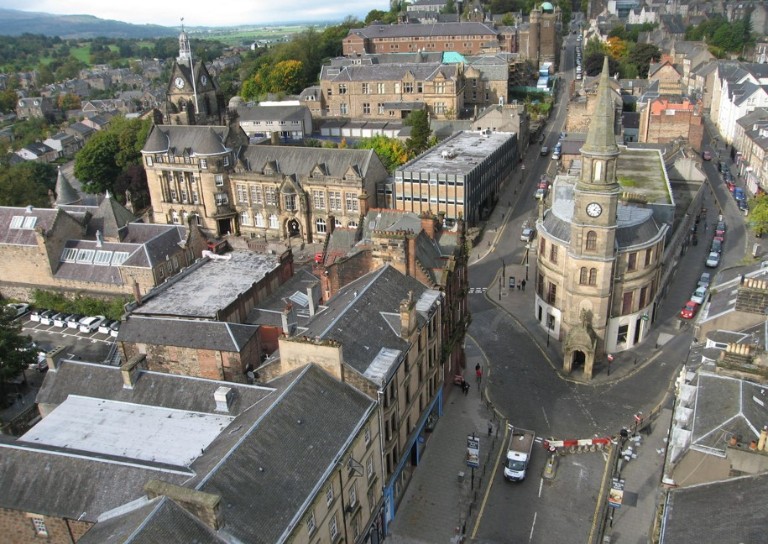
- Christmases Past in Stirling
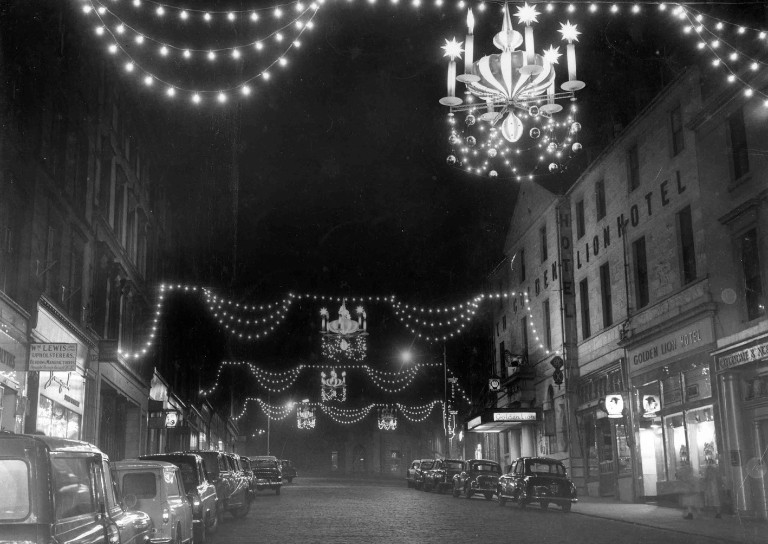
- Stirling’s Historic Graveyards
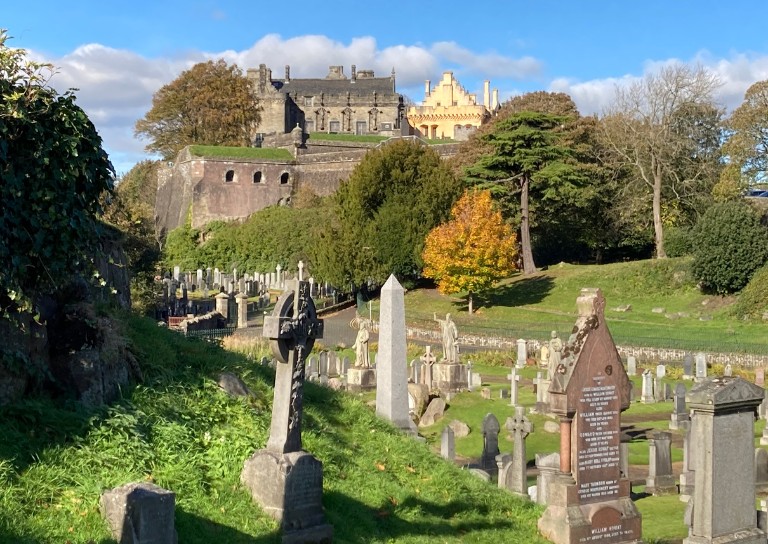
- Top 10 Tips for Architectural Photography
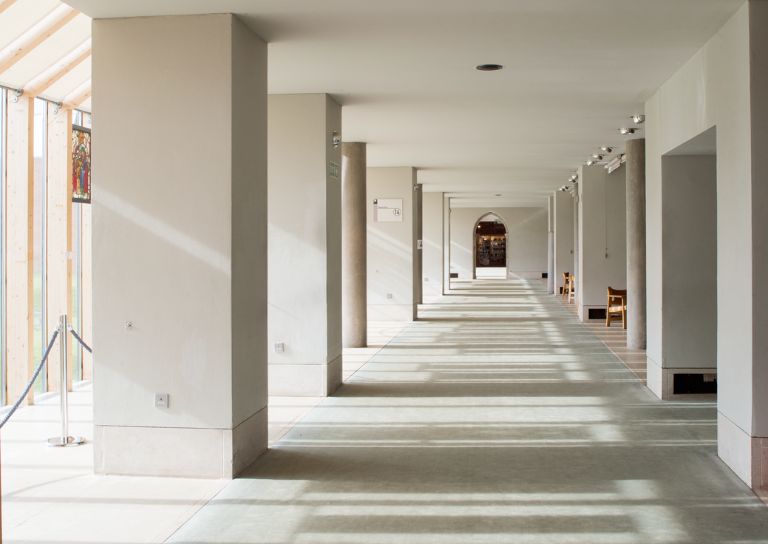
- An Interview with David Galletly
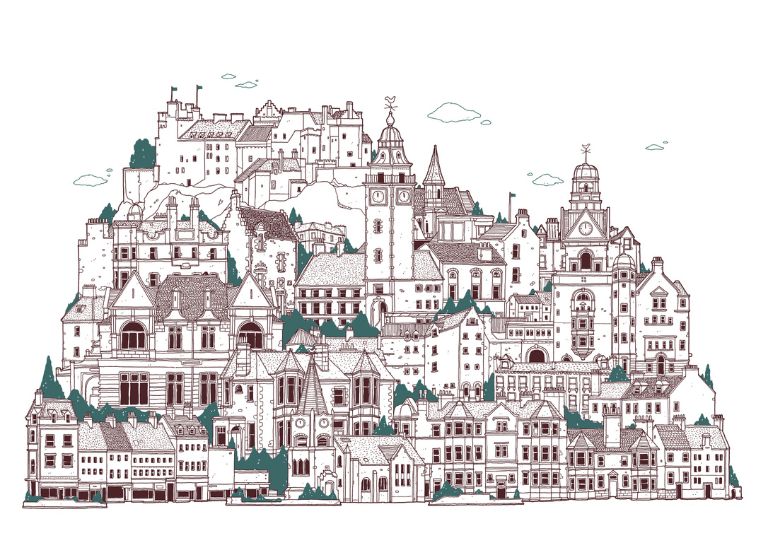
- Springtime in Stirling
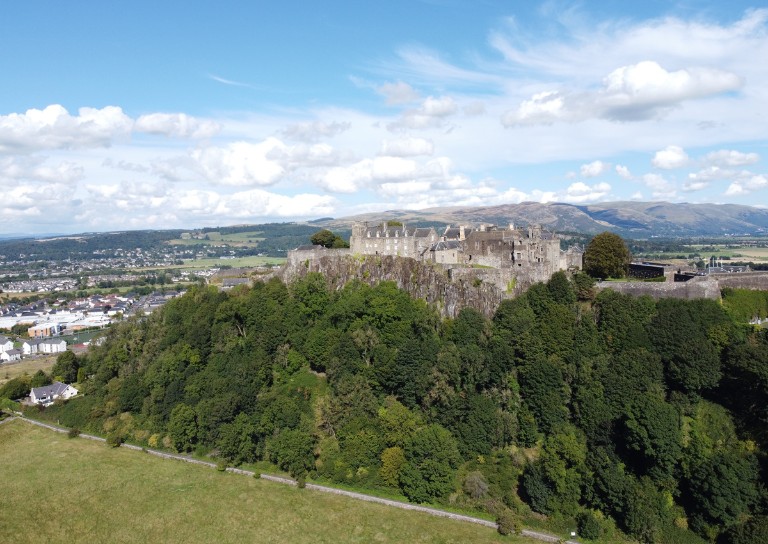
- The Kings Knot – a history
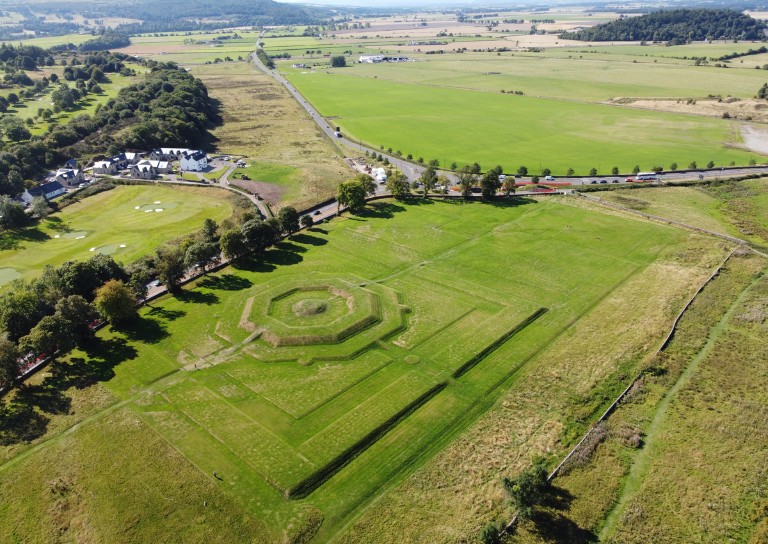
- A Future in Traditional Skills

- Robert Burns’ First Trip to Stirling

- Stirling’s Witches
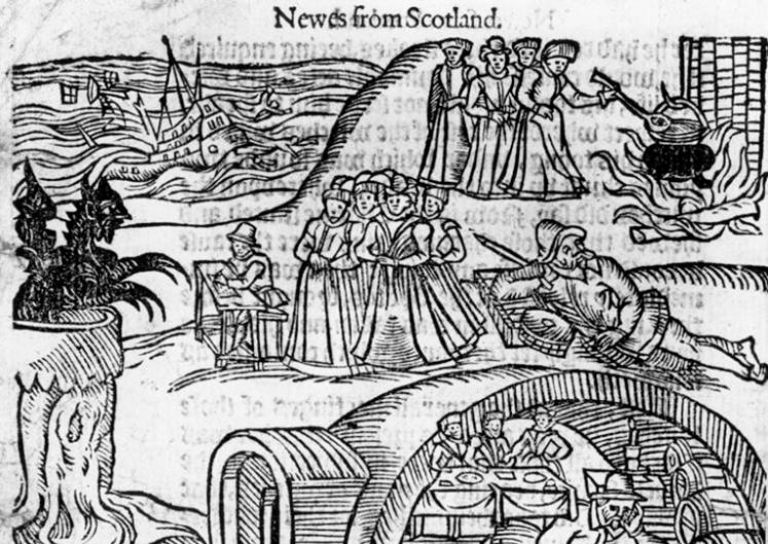
- Stirling’s Ancient Wells
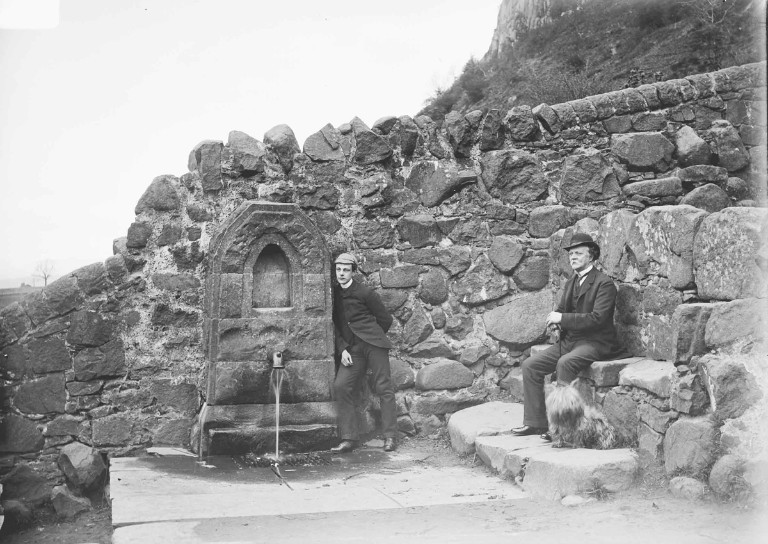
- An architecture student’s take on the City Of Stirling
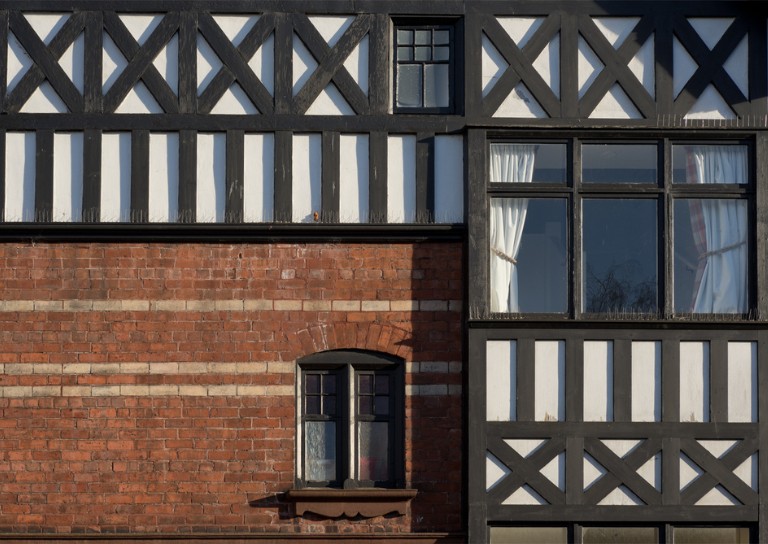
- Ronald Walker: Stirling’s Architect
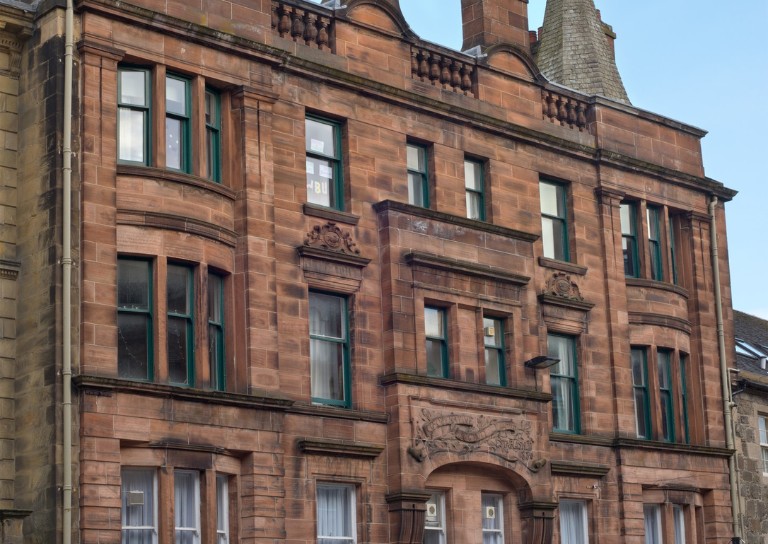
- Stirling’s Statues
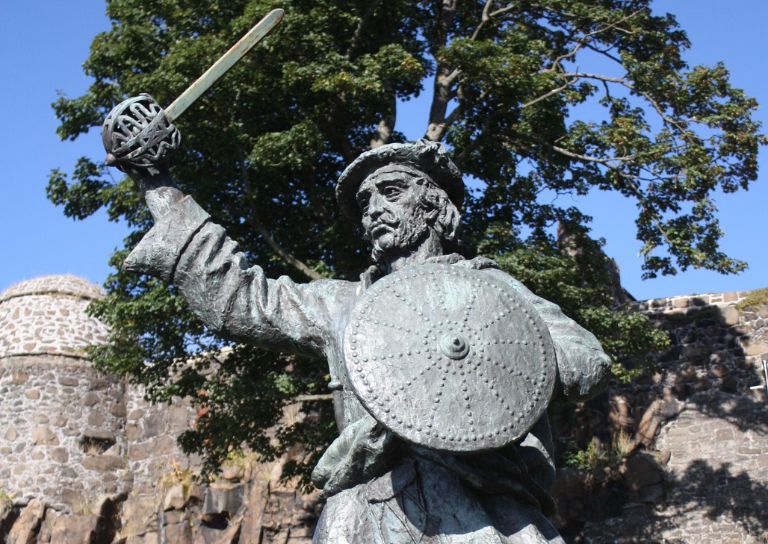
- Stirling’s Wee Bungalow Shops
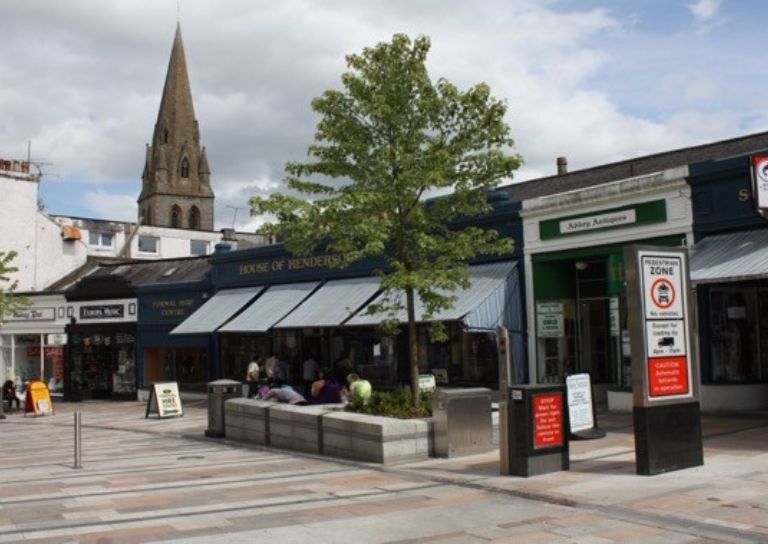
- Stirling’s Historic Hospitals
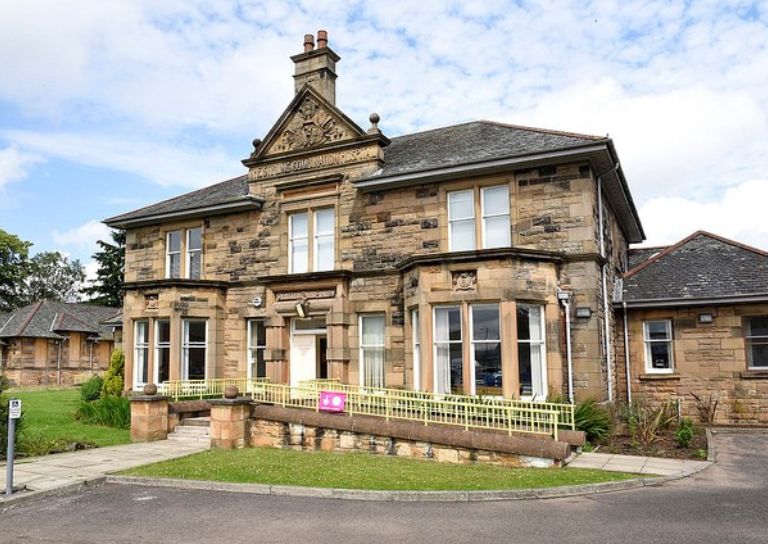
- Women in Digital Innovation and Construction
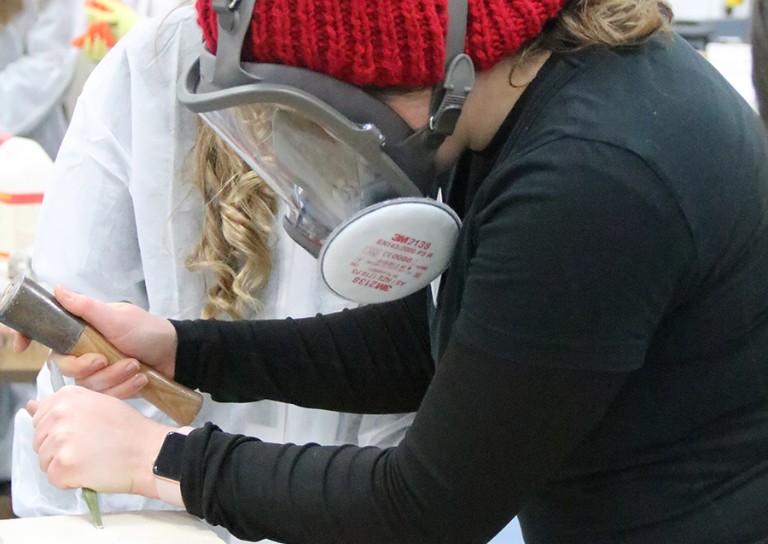
- Heritage at home: 8 of the best online heritage resources
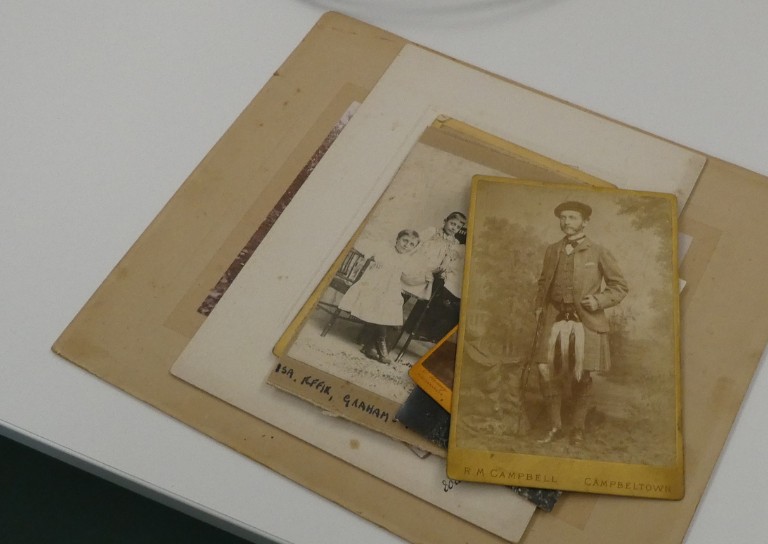
- Stirling featured at virtual heritage conference
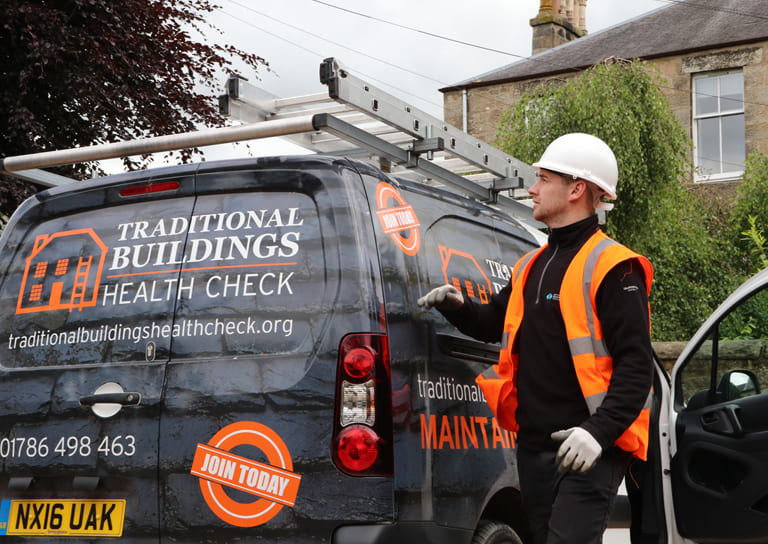
- Five of Stirling’s greatest John Allan buildings
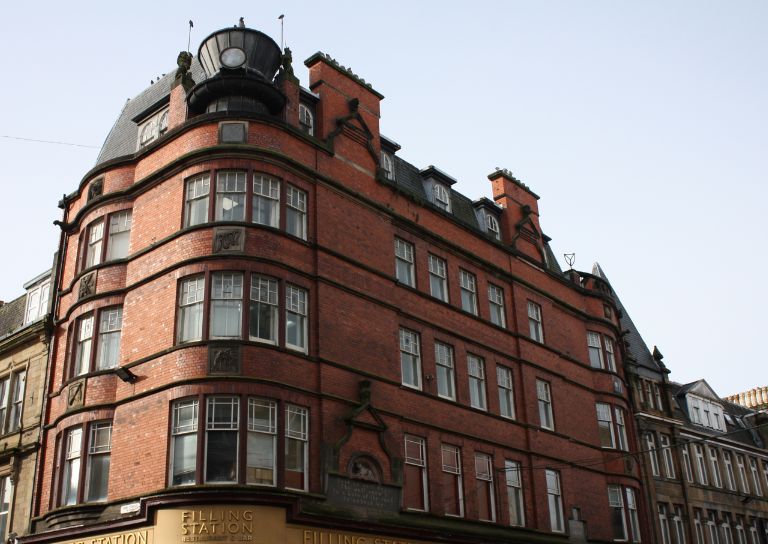
- Women in Construction – Stirling event report

- Scotland’s trailblazing women architects
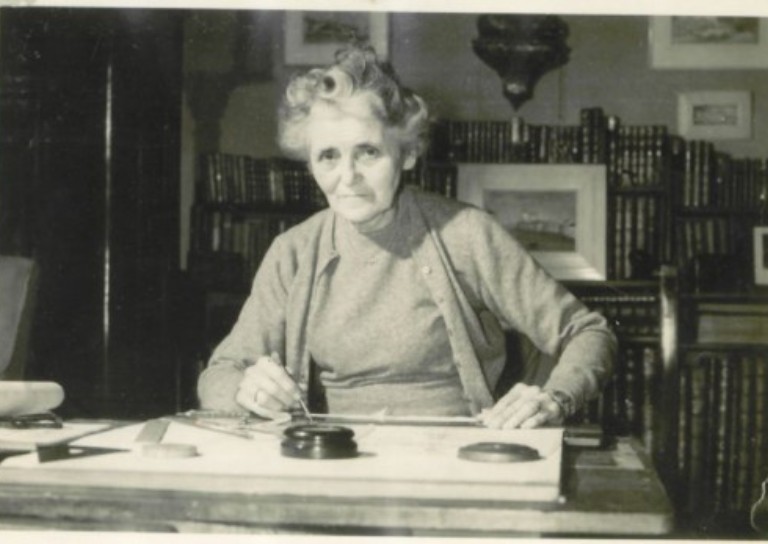
- Stirling’s Heritage: Spotlight on The Granary
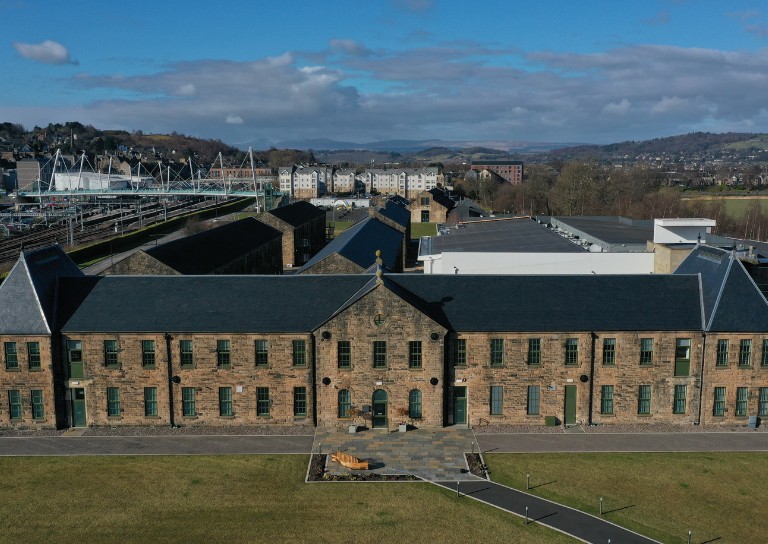
- TBHC Scheme now open to properties in Dunblane and Blairlogie
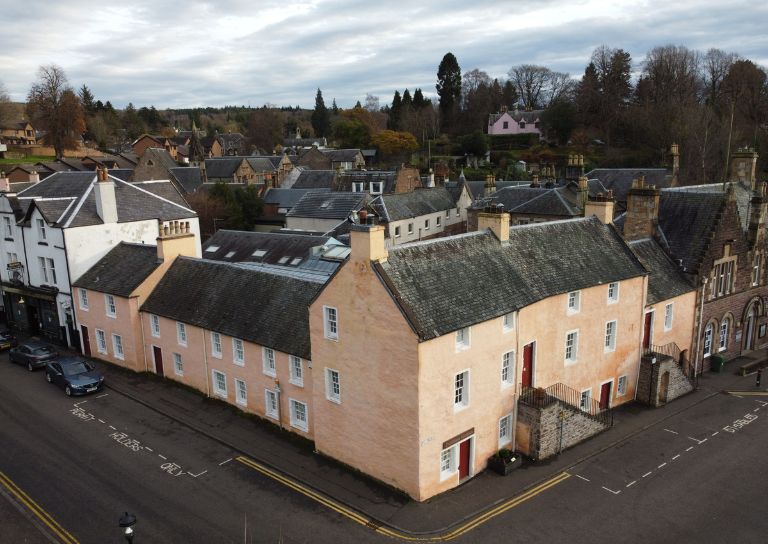
- How drones help us inspect traditional buildings
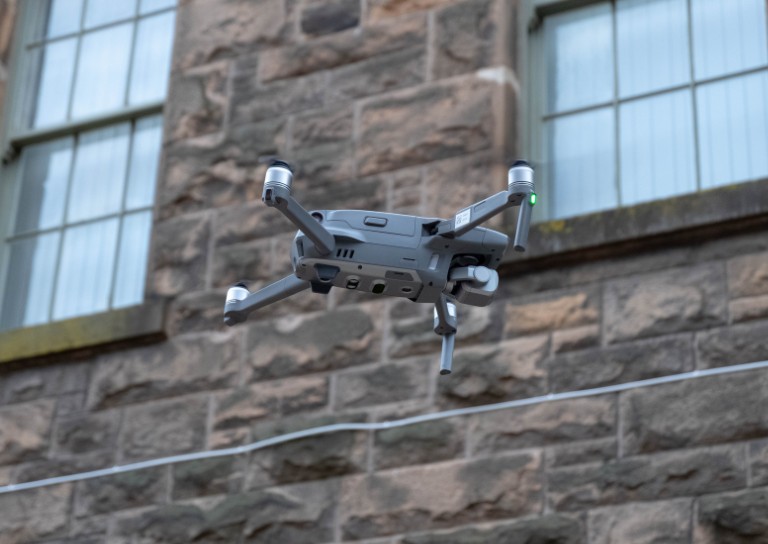
- Hazardous Masonry & Masonry Falls
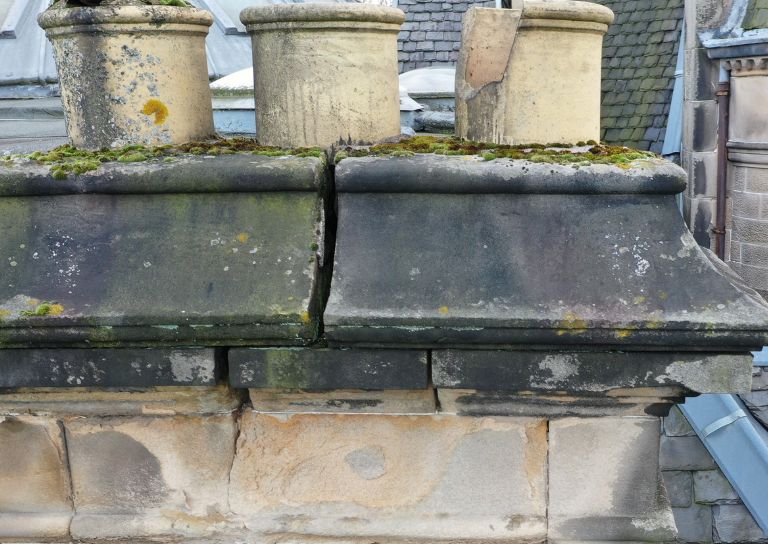
- Mason Bees: What’s the Buzz?
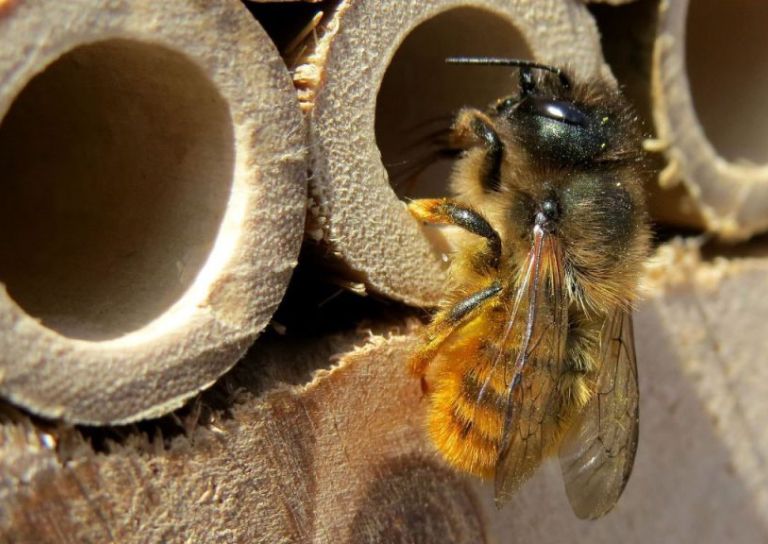
- Stirling Traditional Skills Demonstration Day Success!
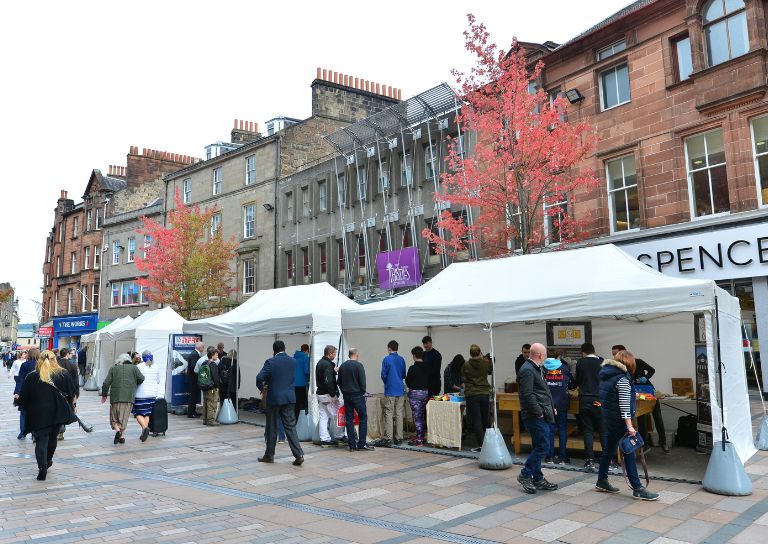
- Floating Head Sculpture at Garden Glasgow Festival 1988
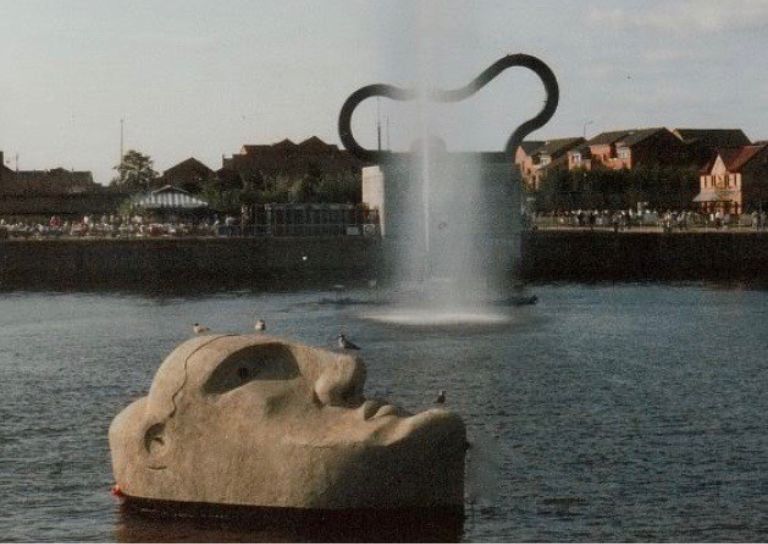
- The story behind Paisley Abbey’s Alien gargoyle
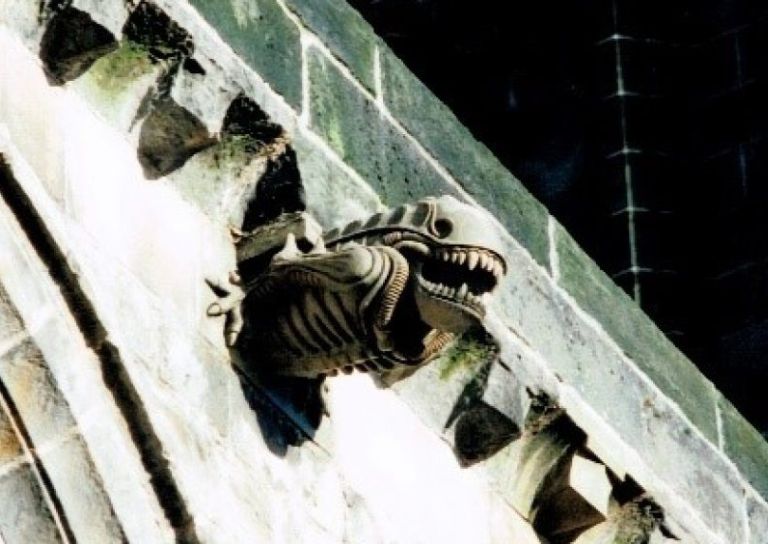
- Cambuskenneth Abbey

- Stirling City Heritage Trust Publications

- Sharing Memories: Taking '20 Great Buildings of Stirling' into the community
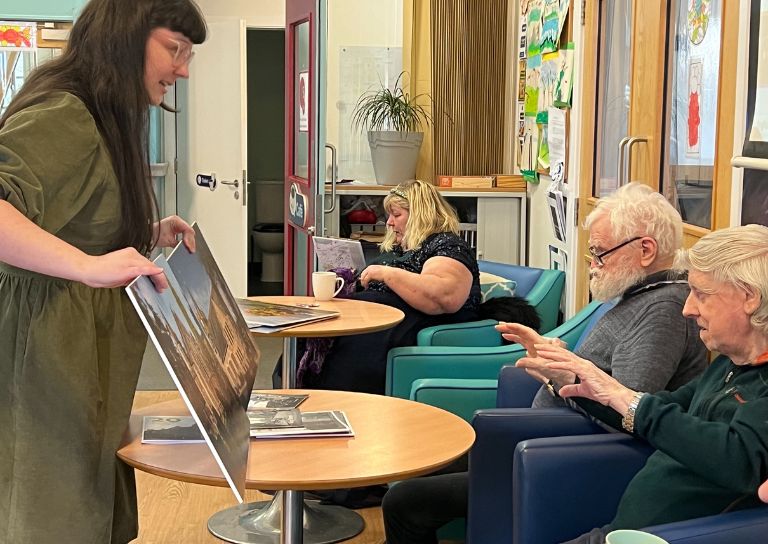
- William Wallace Statues In Stirling
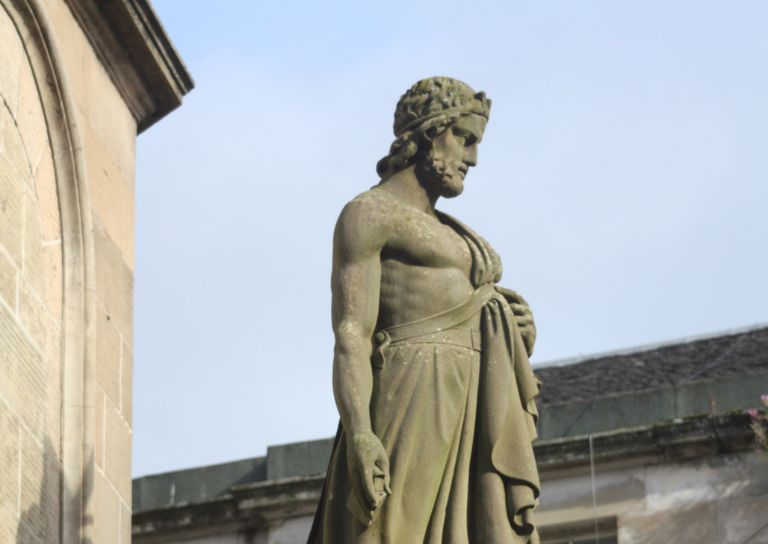
- Coronations and Royal Christenings in Stirling
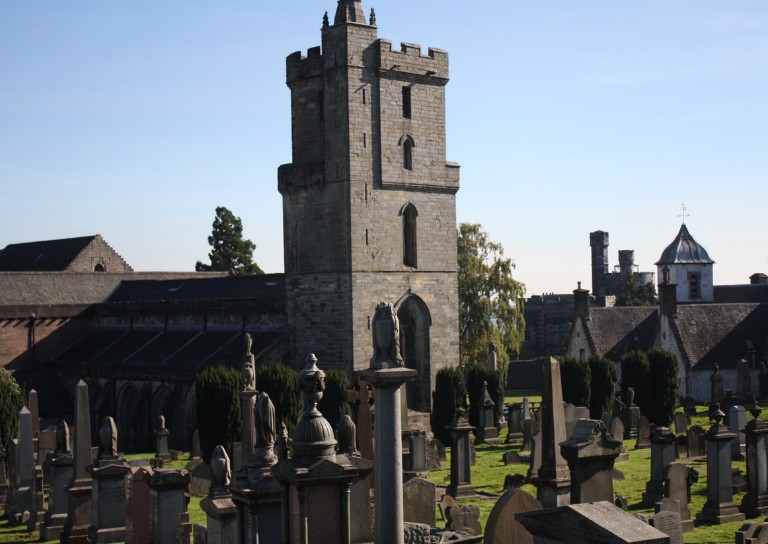
- The development of King's Park
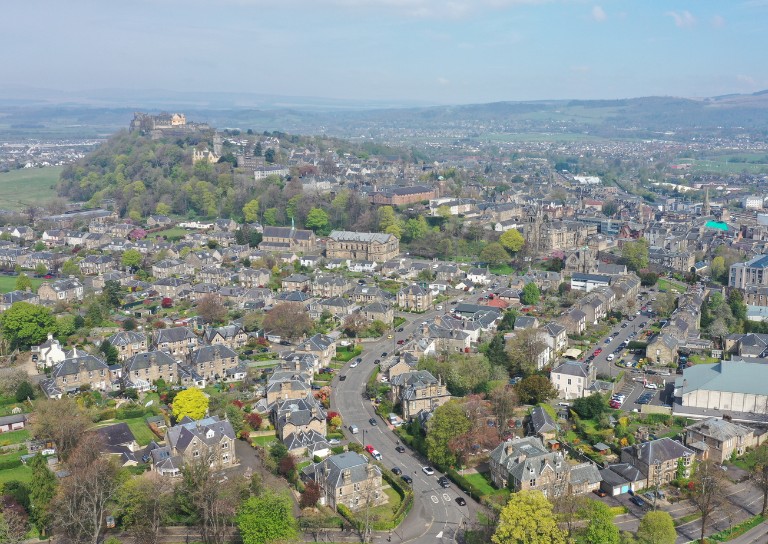
- Energy efficiency project awarded grant from Shared Prosperity Fund
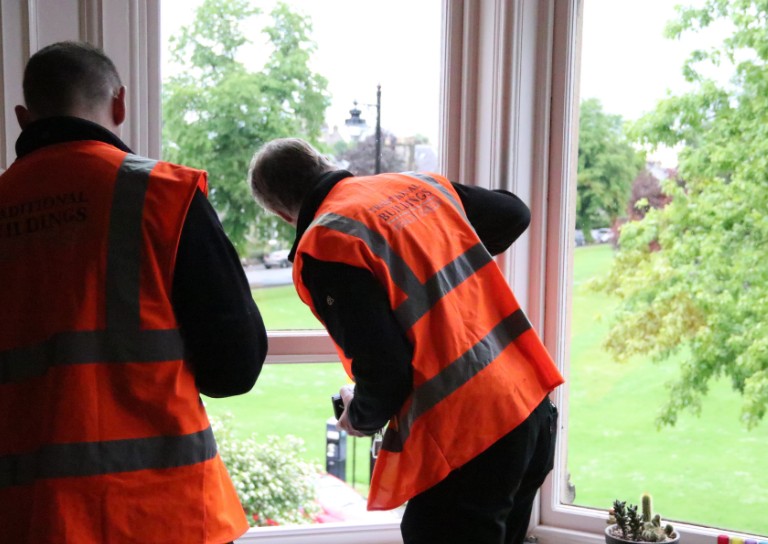
- Inspiring the Future: Stirling City Heritage Trust's Women in Construction Event at Wallace High
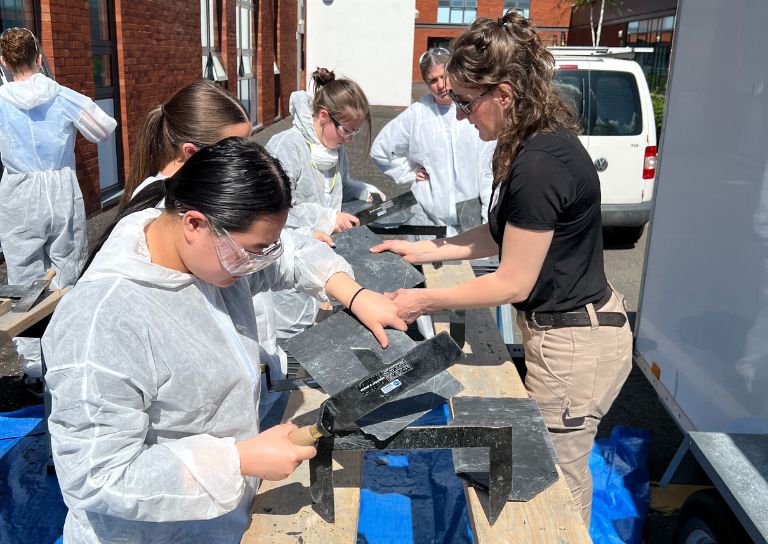
- Doors Open Days Talk: Who Built Stirling?
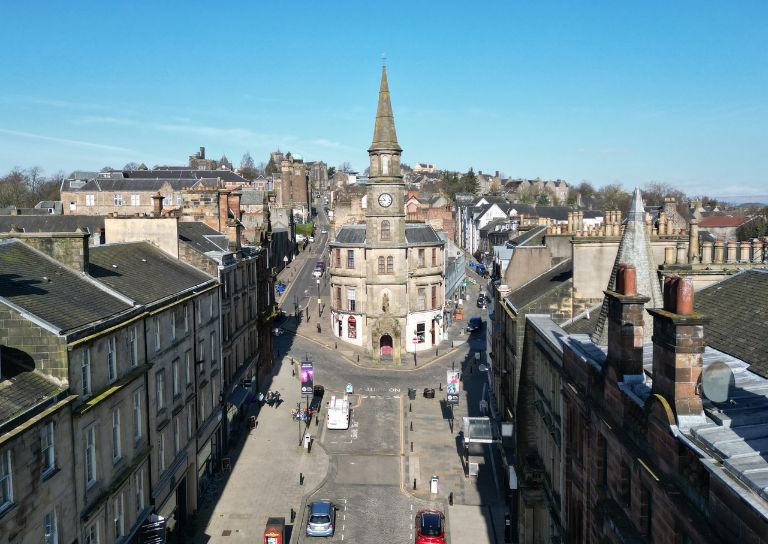
- 10 Years of the Traditional Buildings Health Check
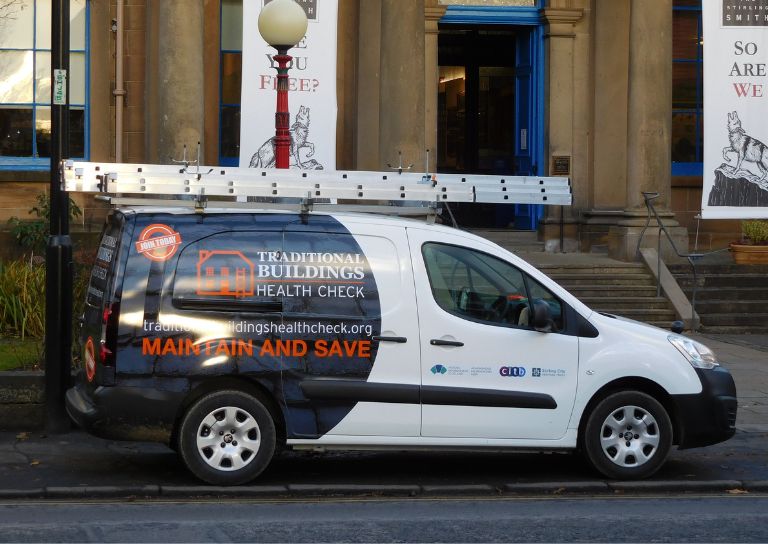
- Growing up in Stirling: A Night of Reminiscence at The Smith
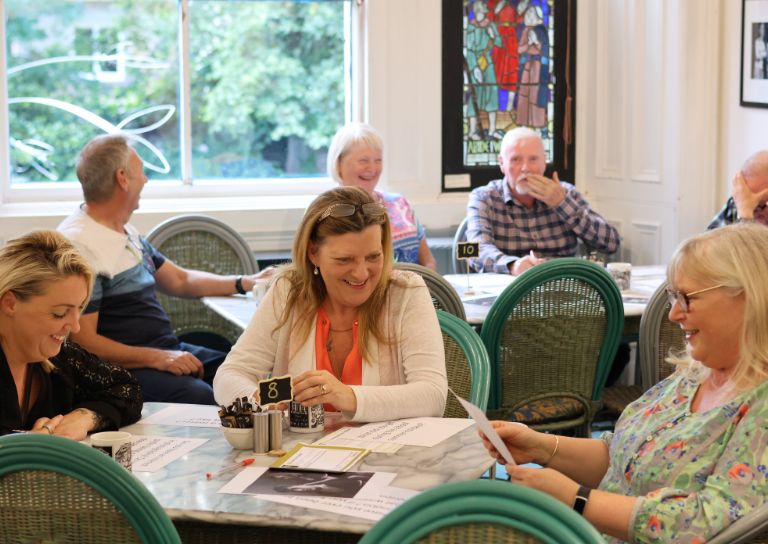
- SCHT visit to Brucefield Estate, Forestmill, Clackmannanshire
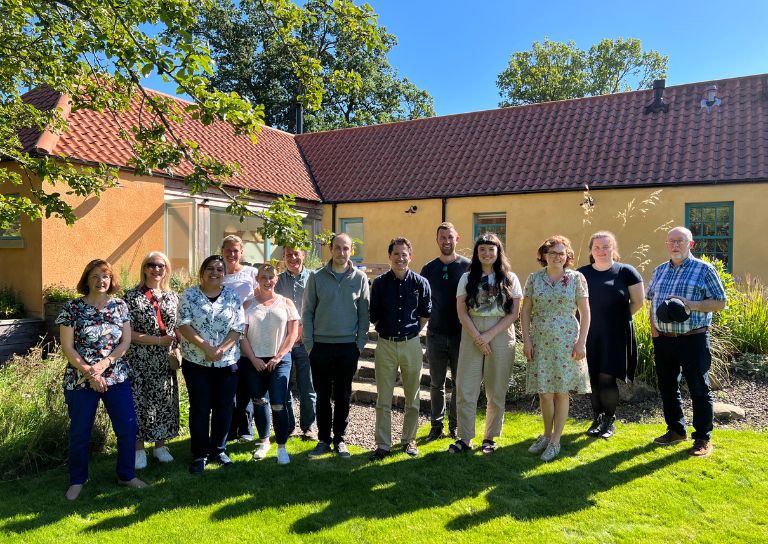
- Statement on Christie Clock
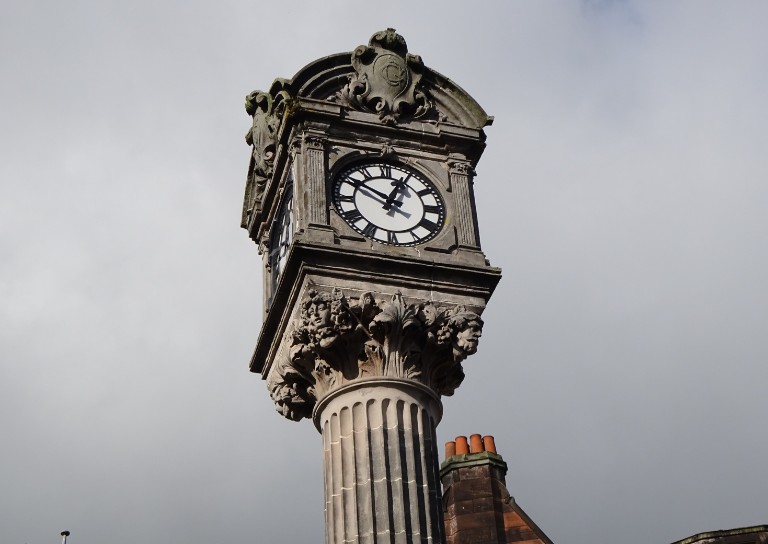
- Stirling’s Lost Skating Heritage
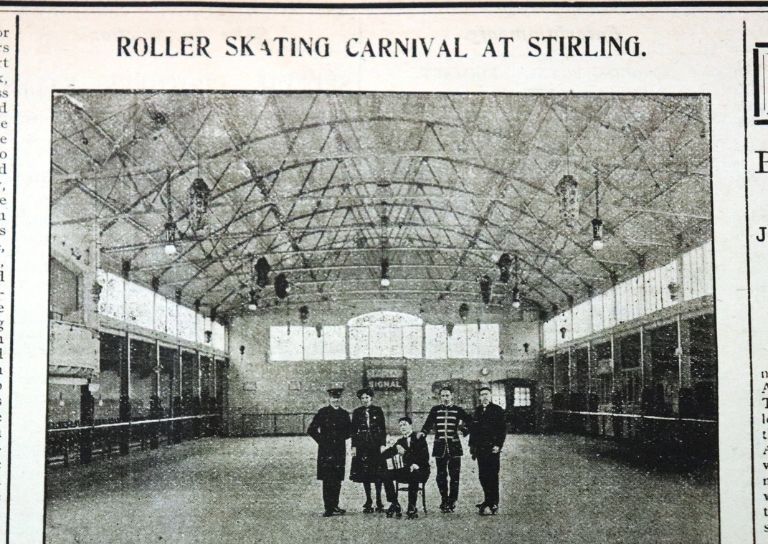
- Laurelhill House and the West Indies
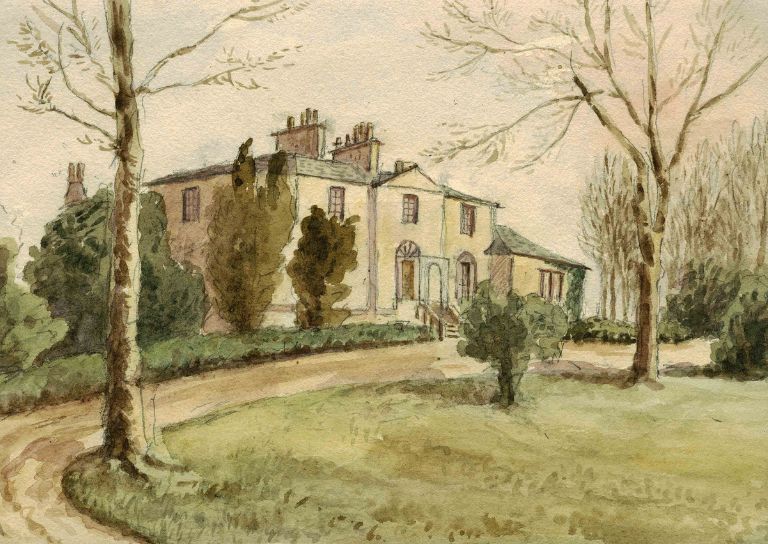
- Beechwood House and the Transatlantic Slave Trade
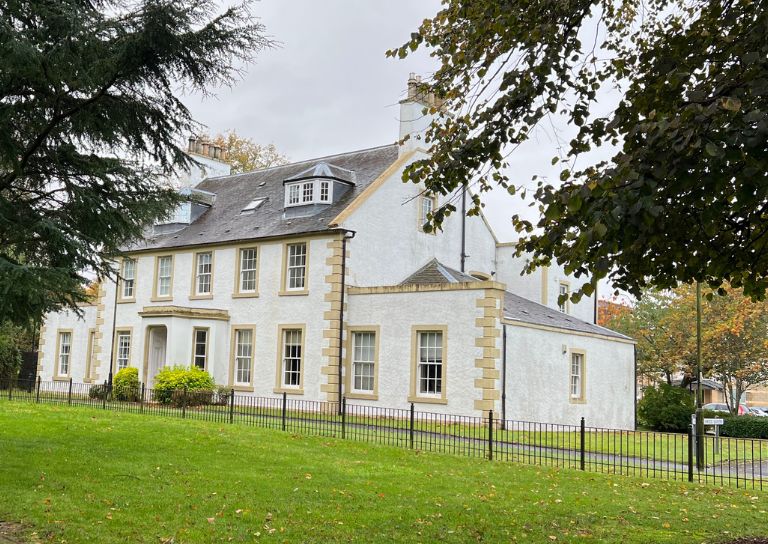
- Retrofitting Traditional Buildings
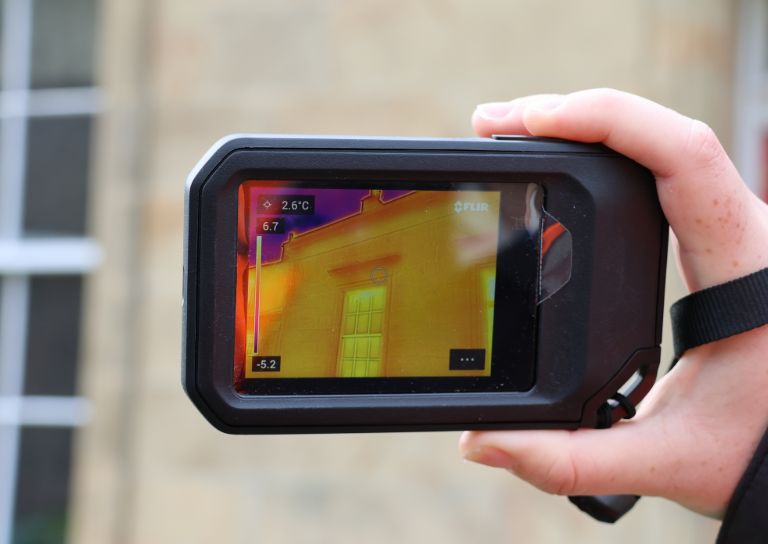
- Building Resilience: Maintaining Traditional Buildings
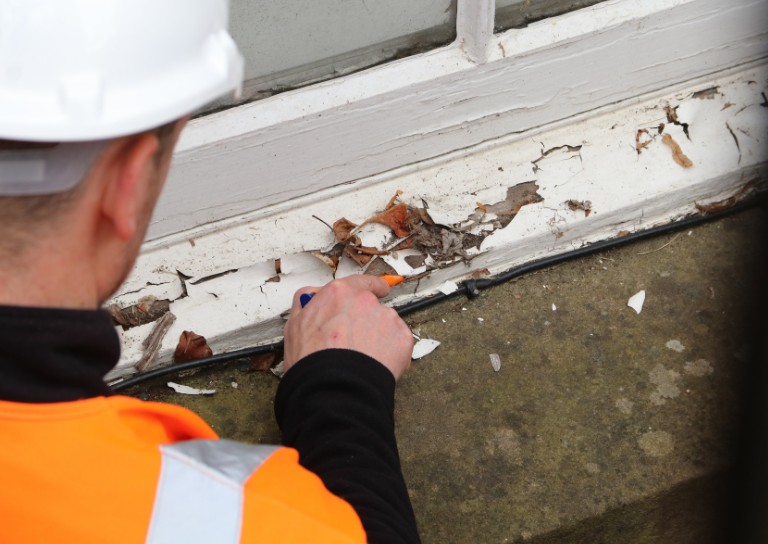
- Shopping Arcades
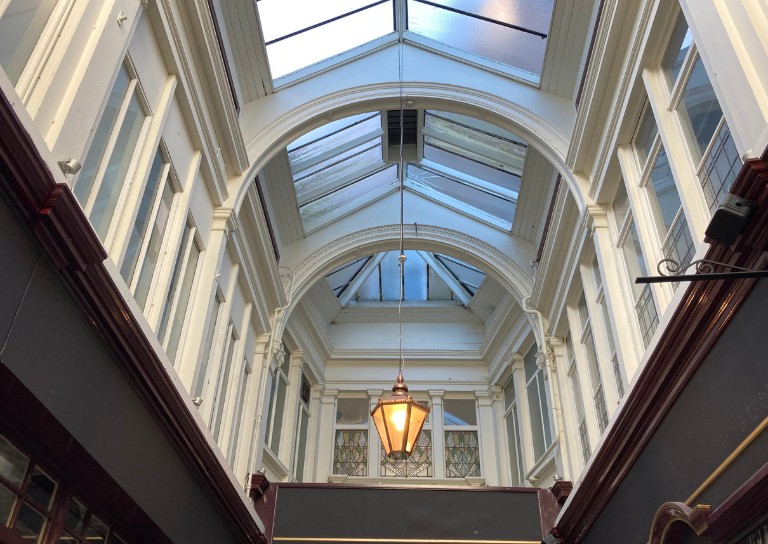
- Retrofitting Traditional Buildings: Fabric First
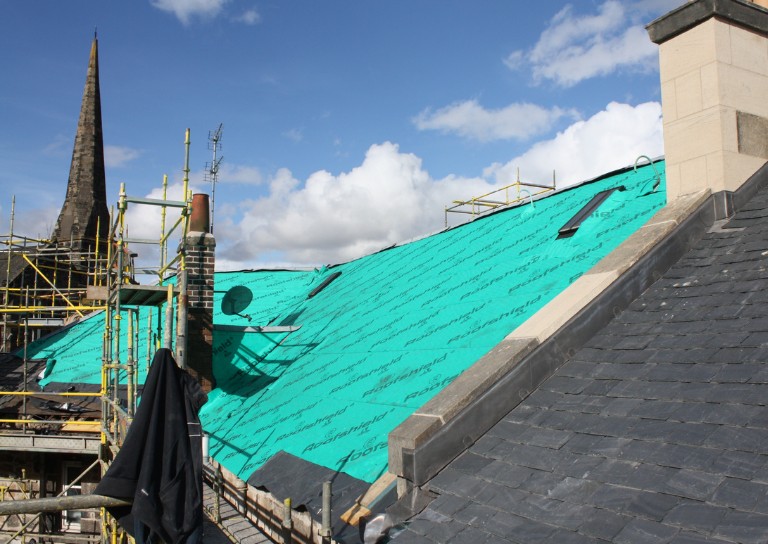
- Stirling Reminiscence Box
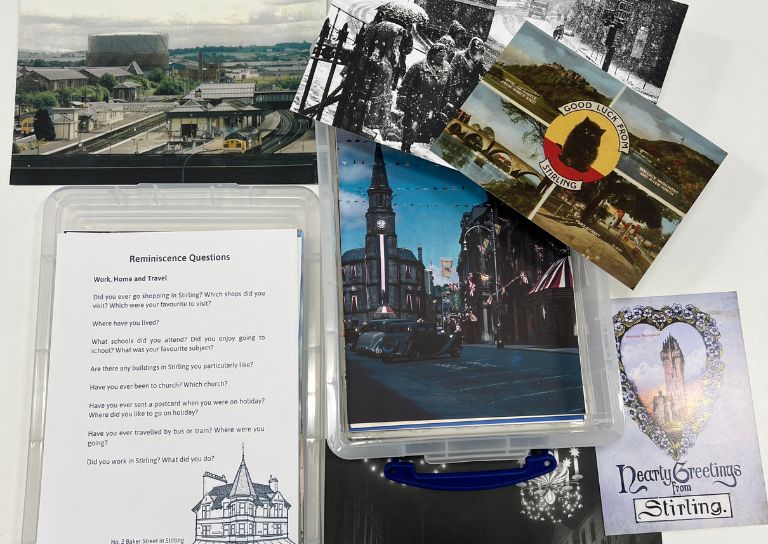
- Level 3 Award in Energy Efficiency for Older and Traditional Buildings Retrofit Course (2 Day)
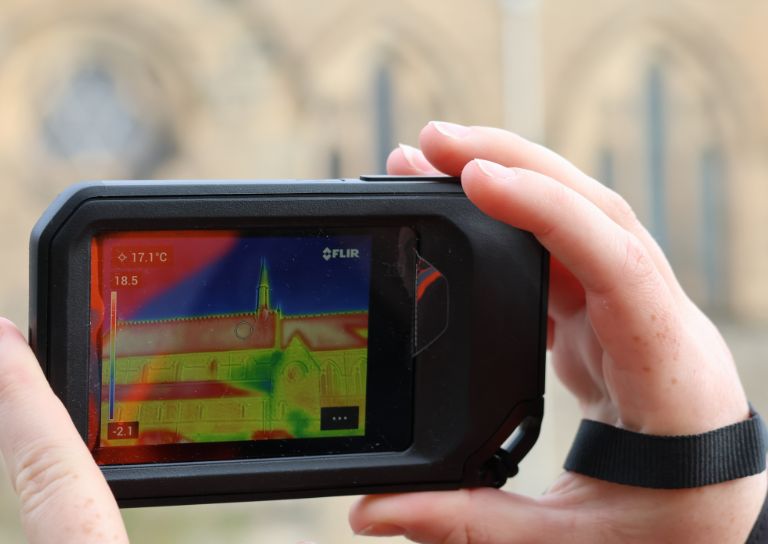
- New Retrofit Service now available for Traditional Buildings Health Check Members

- Retrofitting Traditional Buildings: Windows
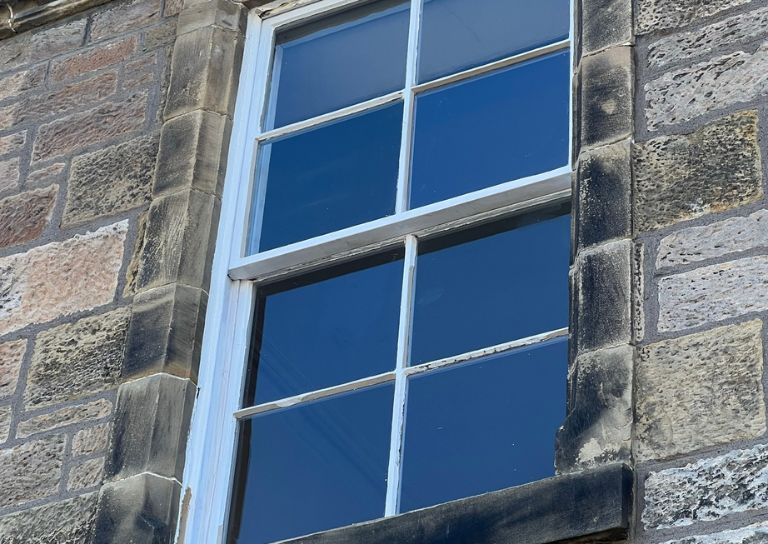
- Architects and The Thistle Property Trust

- Retrofitting Traditional Buildings: Insulation
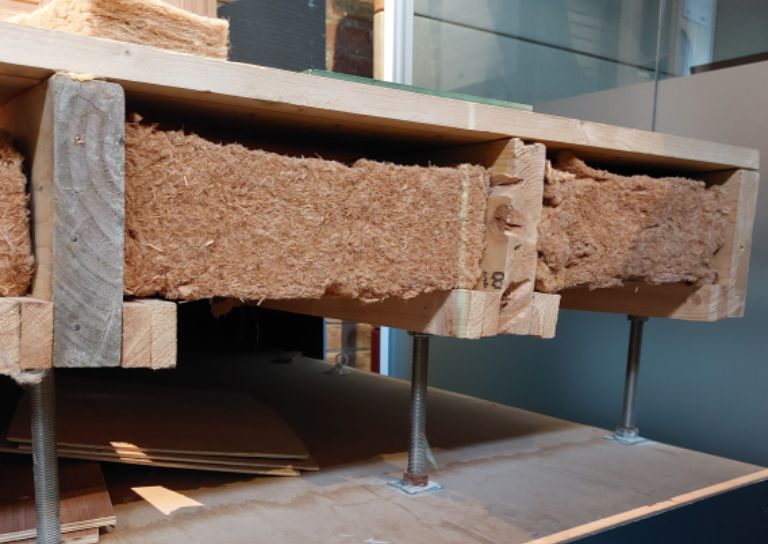
- Stirling City Heritage Trust at 20
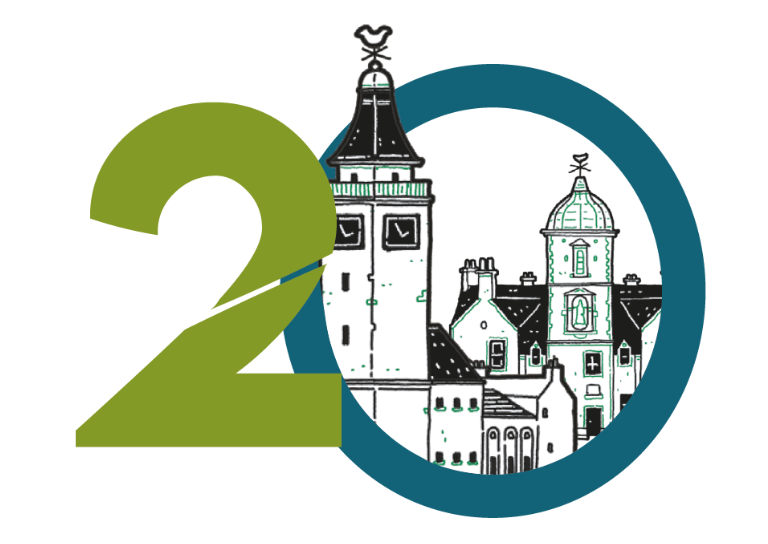
- Miss Curror and the Thistle Property Trust
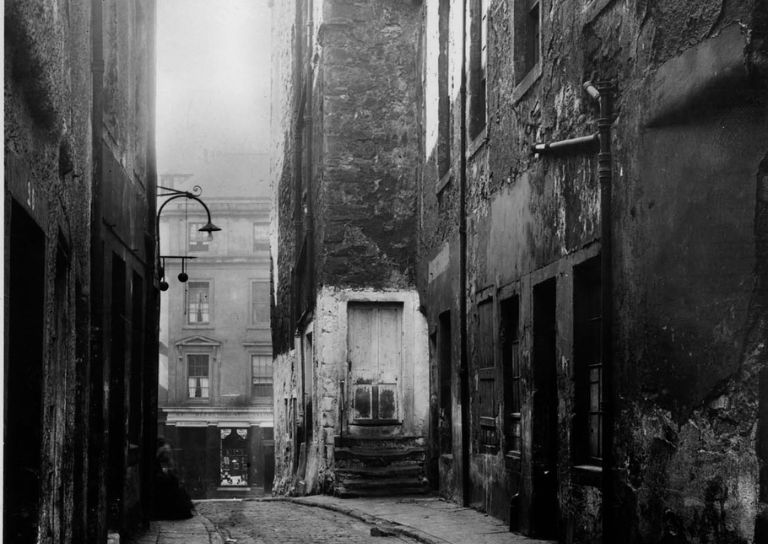
- Retrofitting Traditional Buildings: Chimneys
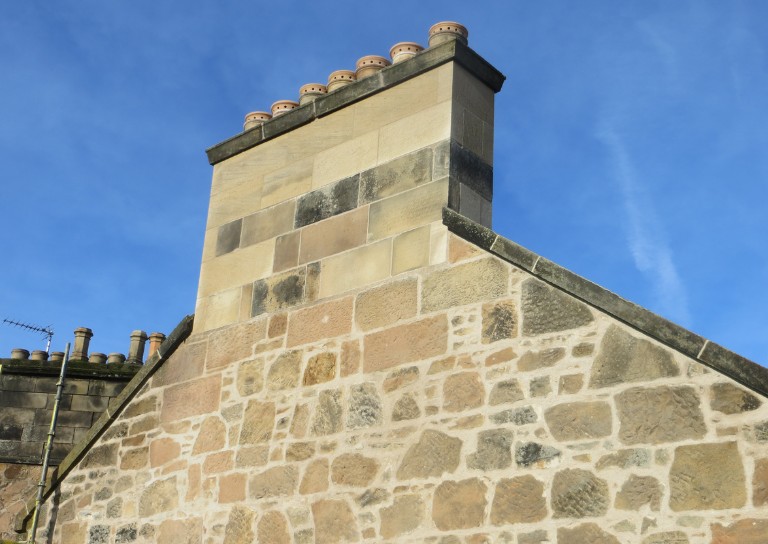
- Statement on Langgarth House

- World Heritage Day: Exploring Hayford Mill
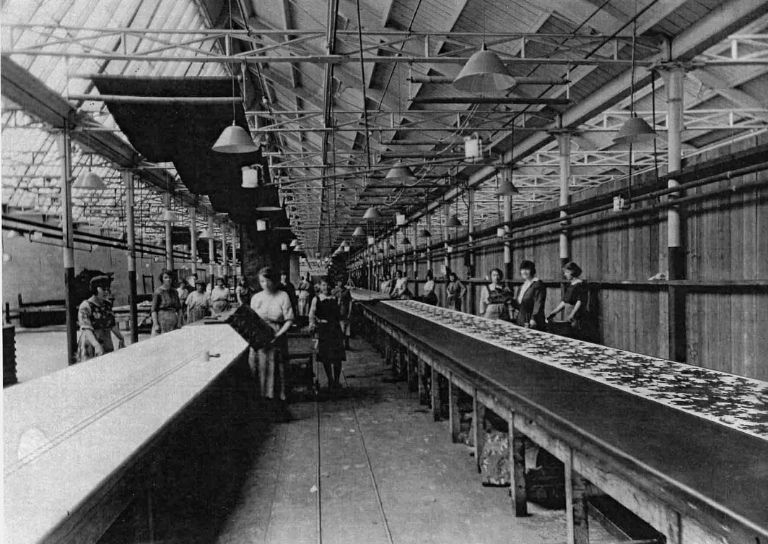
- Retrofitting Traditional Buildings: Climatic Adaptation
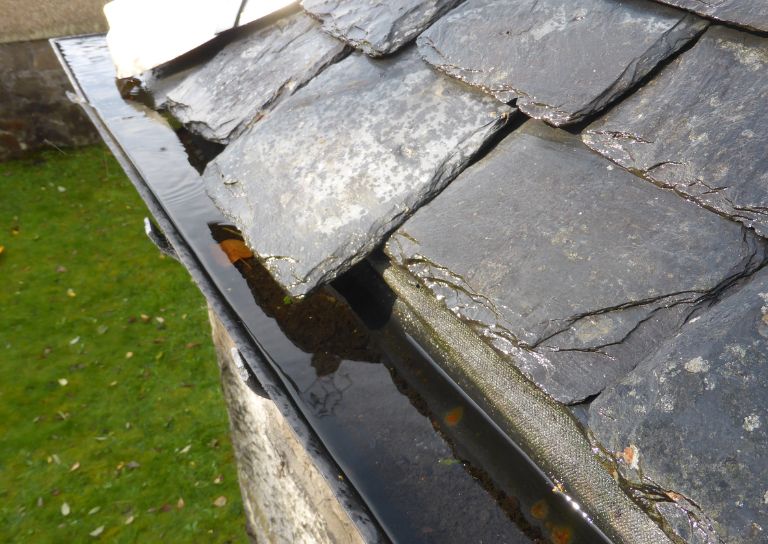
- SCHT 20: Championing Women in Construction
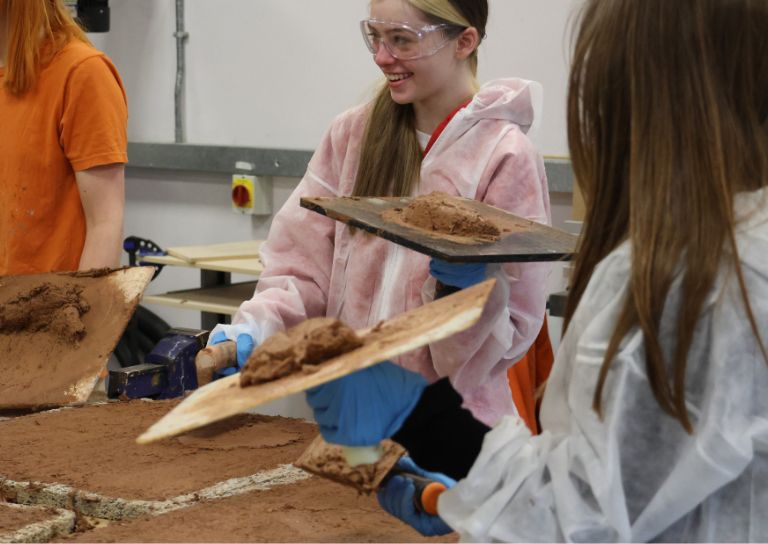
- Guest Blog: Dementia Friendly Heritage Interpretation
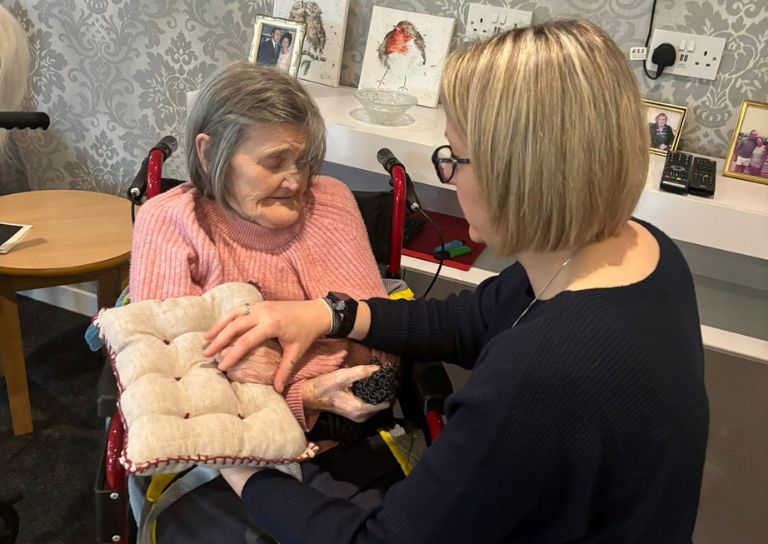
- Community Consultation launched for Stirling’s Heritage Strategy
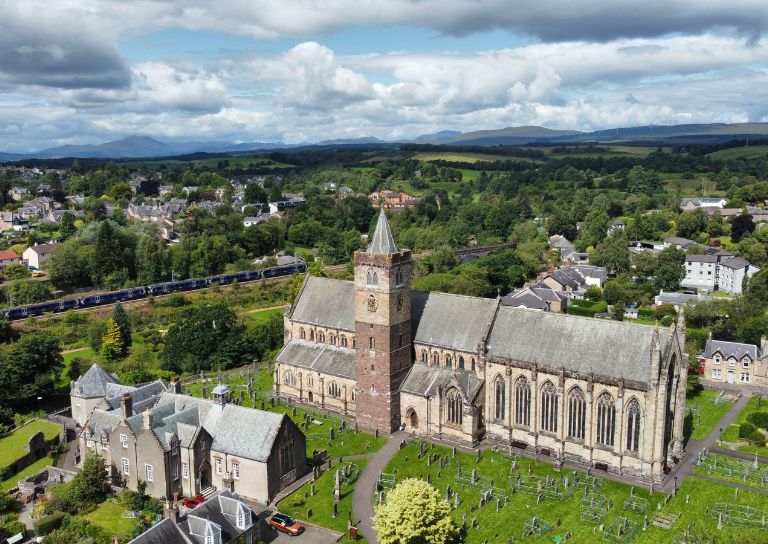
- Stirling's Lost Swimming Pools
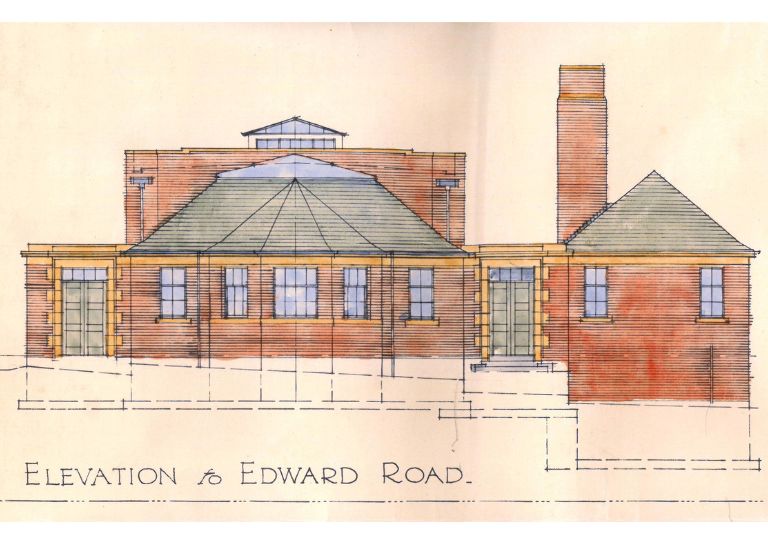
- SCHT Grant Conditions: Owners Associations
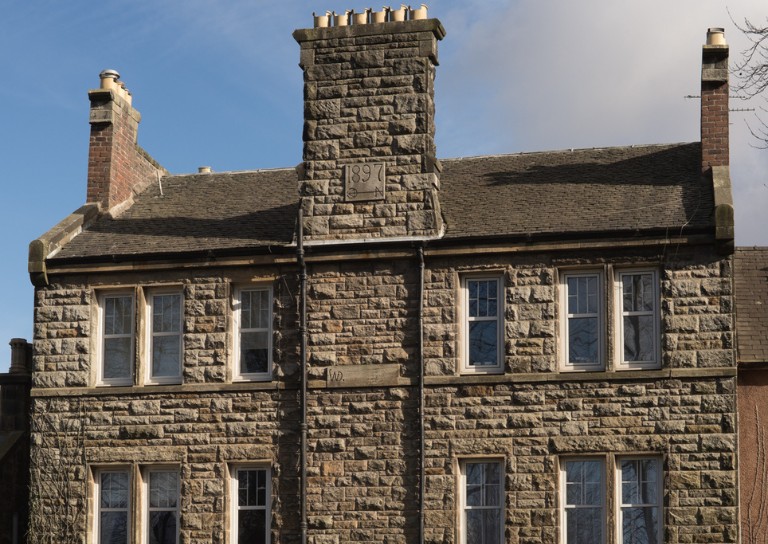
- Kings, Wolves and Drones: 20 years of care and repair at Stirling City Heritage Trust

- SVE Inspire Awards September 2024

- Women in Construction at Bannockburn House
- About Us
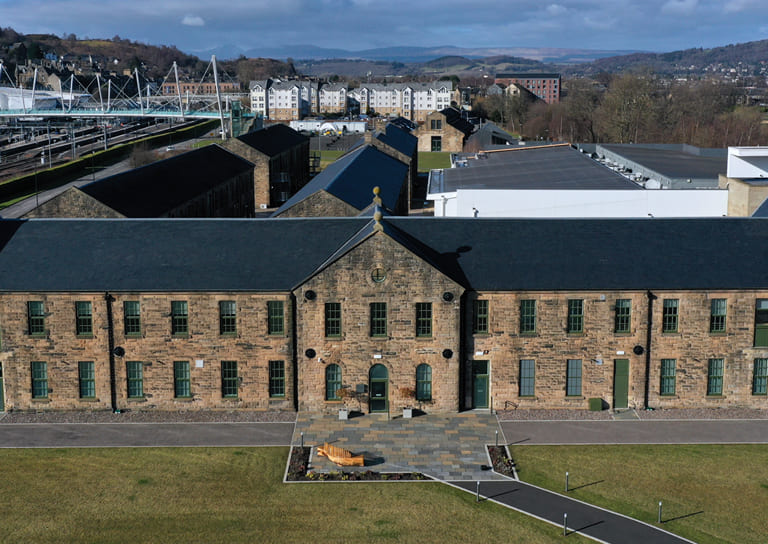
- Support Us
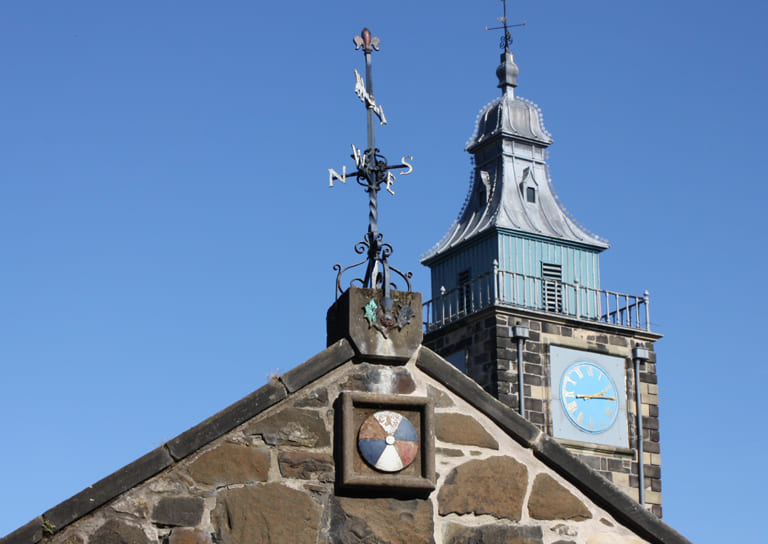
- Contact
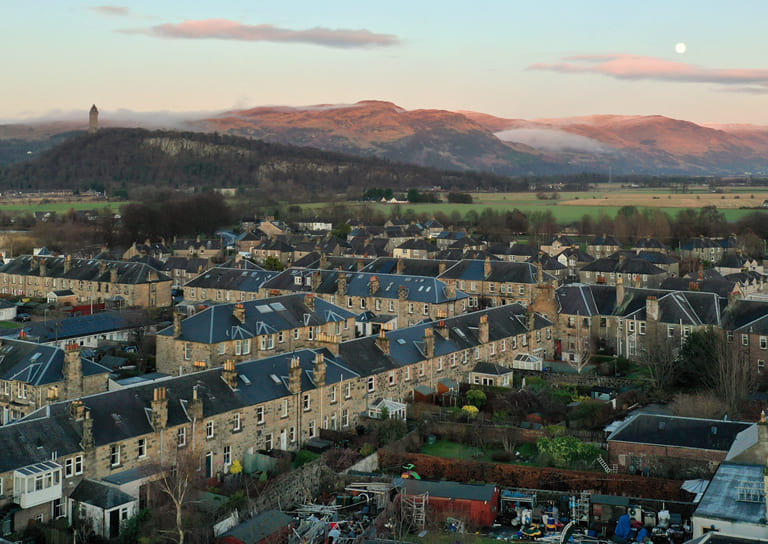
Stirling’s Historic Hospitals

Along with the rest of the nation, we are feeling incredibly grateful for our NHS and everyone who works in it. So we thought that now would be a great time to take a look back at three of Stirling’s historic hospitals, all of which were constructed and in operation long before the National Health Service Act came into effect in 1948. Through researching our historic hospitals we can explore our social and economic, as well as architectural, histories and their stories offer us fascinating glimpses into the past.
Bannockburn Fever Hospital
Built between 1892 and 1894 and designed by Stirling architects McLuckie & Walker (who we will be presenting an exhibition on later this year) Bannockburn Fever Hospital got off to a difficult start. Stirlingshire required a new infectious diseases hospital, however, newspaper reports from 1893 reveal that whilst it was agreed Stirlingshire required a Fever Hospital ‘in order to efficiently carry out the Public Health Act’; Bridge of Allan, Buchlyvie, Balfron, and Bannockburn all refused to have the Fever Hospital erected anywhere near them! A Colonel Wilson of Bannockburn even threatened legal proceedings against the Stirlingshire Central Committee (of which he was a member) for suggesting a ‘site some distance from his mansion house’ being selected. Equally, Dunblane, Doune, and Callander were also ‘up in arms against any hospital in their vicinity’. These arguments rumbled on for over a year, but eventually, the Bannockburn Fever Hospital was constructed for the grand sum of £8,000. The red brick exterior and overall design of the hospital gave the building a welcoming cottage-like feel, something which we are sure would have been appreciated by the patients. Inside, enamelled bricks were cleverly utilised on the walls to provide a hygienic, easily cleaned interior. A horse and cart ambulance was even available to collect patients, as be seen in this archival photograph taken outside the Hospital, in which the hospital’s nurses and matron are also pictured in their crisp uniforms.
Initially the hospital only had beds for ten patients but was later extended to include a Convalescent Home, more beds for fever patients, and a Psychiatric Assessment Unit. Finally, the Fever Hospital became a Geriatric Hospital, until these services were transferred over to the new Stirling Royal Infirmary in 2010. In 2012 the Bannockburn Fever Hospital site was put up for sale and was later demolished. Thankfully, there is no need for dedicated fever hospitals in the UK. For more information on Bannockburn Fever Hospital, visit the excellent Historic Hospitals website for more information on hospitals across Scotland.
Stirling Combination Poorhouse and Lunatic Asylum, later Orchard House Hospital
Stirling Combination Poorhouse and Lunatic Asylum, later known as Orchard House Hospital, was built between 1855 and 1857. In 1906 additions to the older building and new buildings were added to the site by Stirling architects McLuckie and Walker. We don’t have the time to delve into the history of poorhouses or workhouses in Scotland, but if you are interested, this website is a great resource. Suffice to say, they were not always the most humane establishments.
Comprising of a new hospital, laundry, day room, and kitchen blocks, when Orchard Hospital was re-opened with much pomp and ceremony in 1907 the building was still referred to as Stirling Poorhouse. On the opening day the Chairman of the Stirling Combination Poorhouse Board said that the additions and alterations were made ‘to bring the place more in harmony with the requirements which public opinion now demanded in the treatment of the infirm sick and poor.’ In order to build the new extension to the Poorhouse, land adjacent to it known as The Orchard was purchased so we can assume that’s where its later, more friendly, name comes from.
The site still occupied by a modern health centre called Orchard House whose buildings also have a cottage-like feel and were designed in 1982 by Alex Strand and Partners. The original poorhouse and later additions have been demolished, but you can click here to see plans of the building on a variety of maps from the National Library of Scotland’s vast collection.
The Stirling Combination Hospital, later Kildean Hospital
This historic hospital is one locals may be more familiar with, as it still bears it’s original function in a stone carving on its façade. It opened in 1904 and was designed by the excellently named Ebenezer Simpson. It is situated on the Drip Road in the Raploch and was originally built to serve the wider Stirling area as an infectious diseases hospital. Like Bannockburn Fever Hospital, when it was no longer needed to treat infectious diseases it became a geriatric care unit.
In 2017 the Scottish Government awarded £900,000 of funding for the regeneration of the Kildean Hospital site as part of the regeneration of the Raploch, and the Robertson Trust (who also own and manage The Barracks) also donated £45,000. This meant that the hospital buildings could be restored and transformed into a new Business and Enterprise Hub. The building now offers small offices to rent for second and third sector organisations, offering free business support to all tenants, and we hear it’s even pet friendly! It is great to see buildings which are so important to local history are finding a new lease of life at the heart of their communities.


